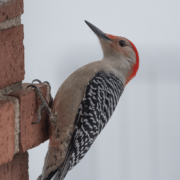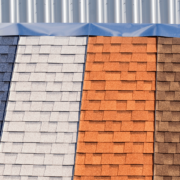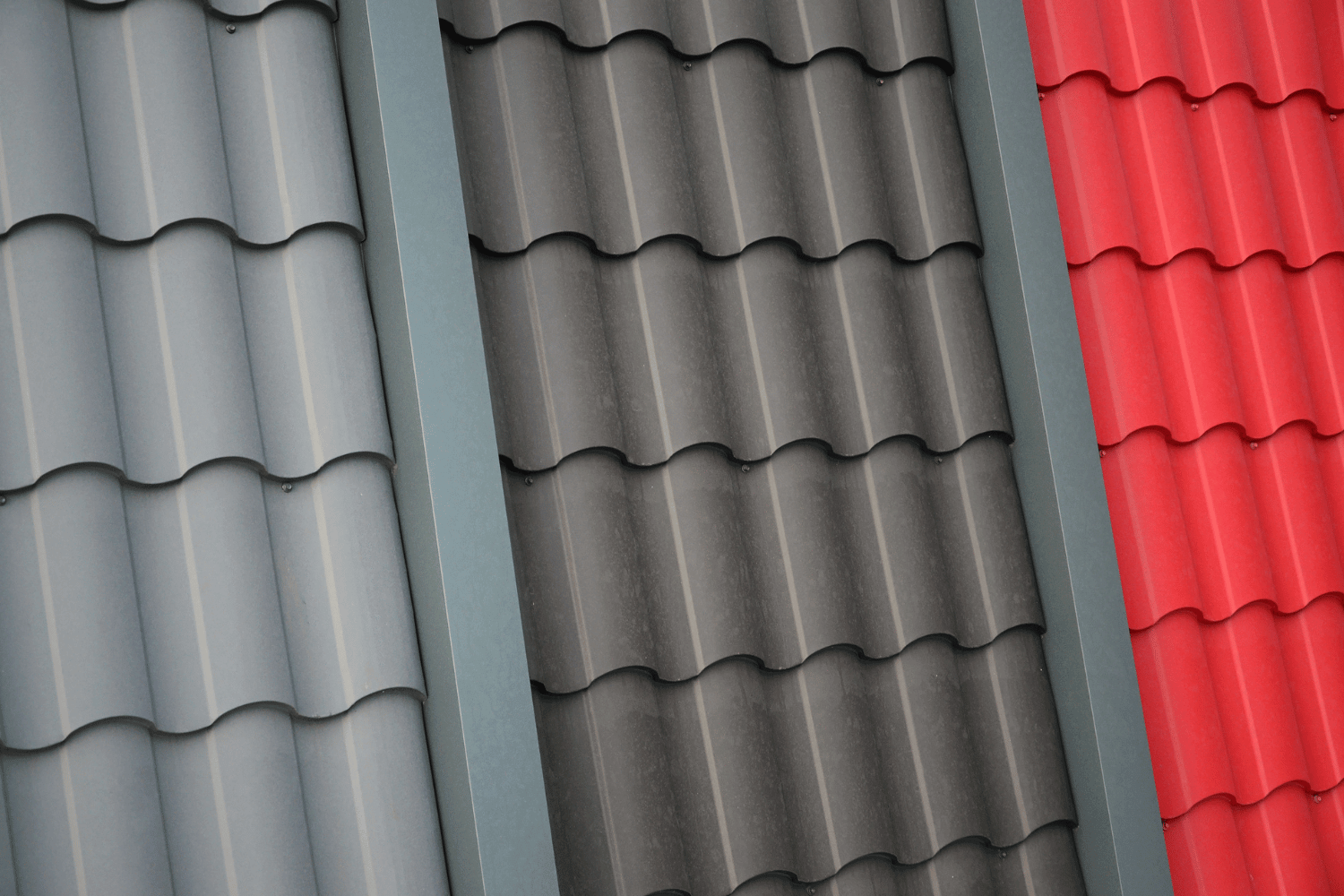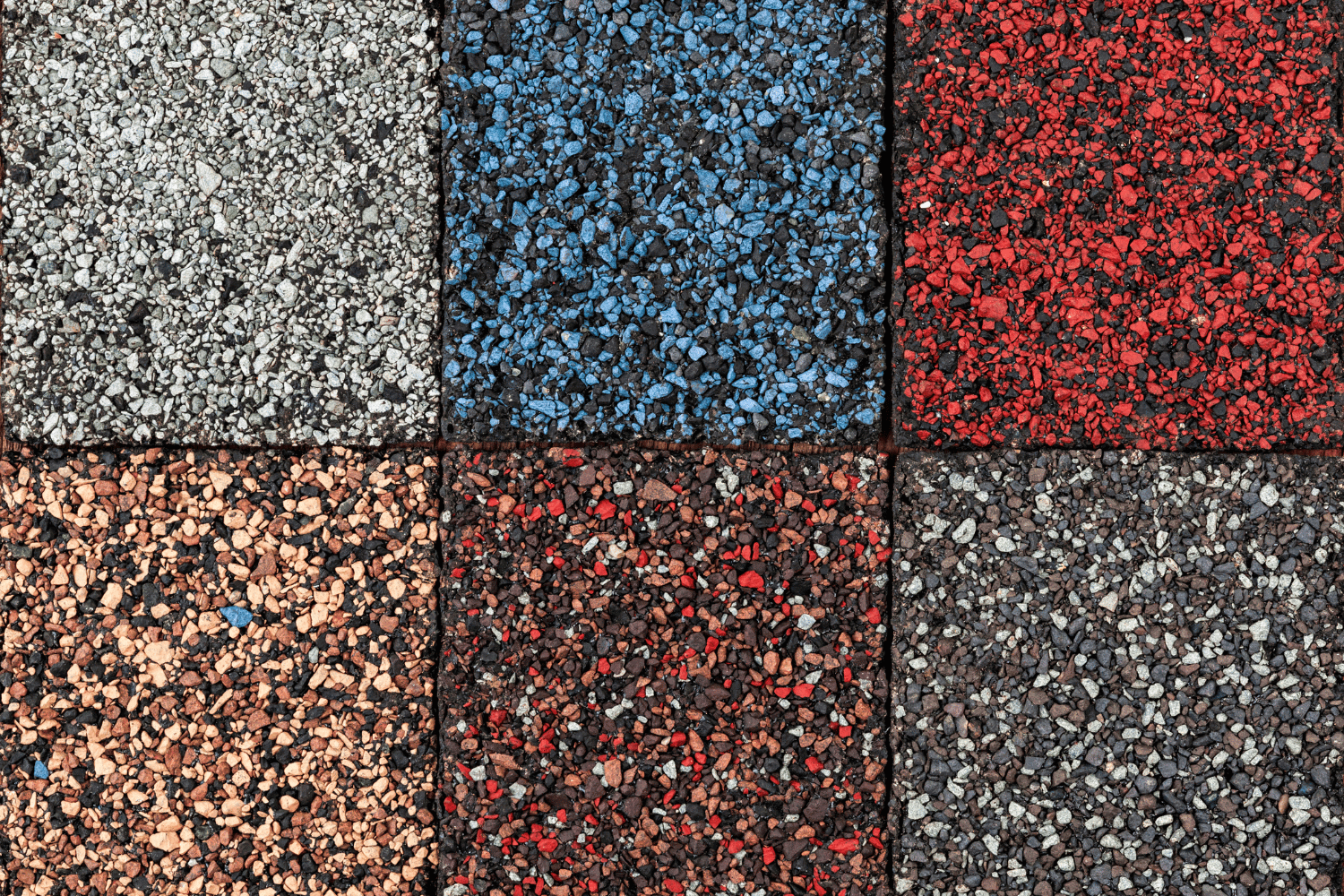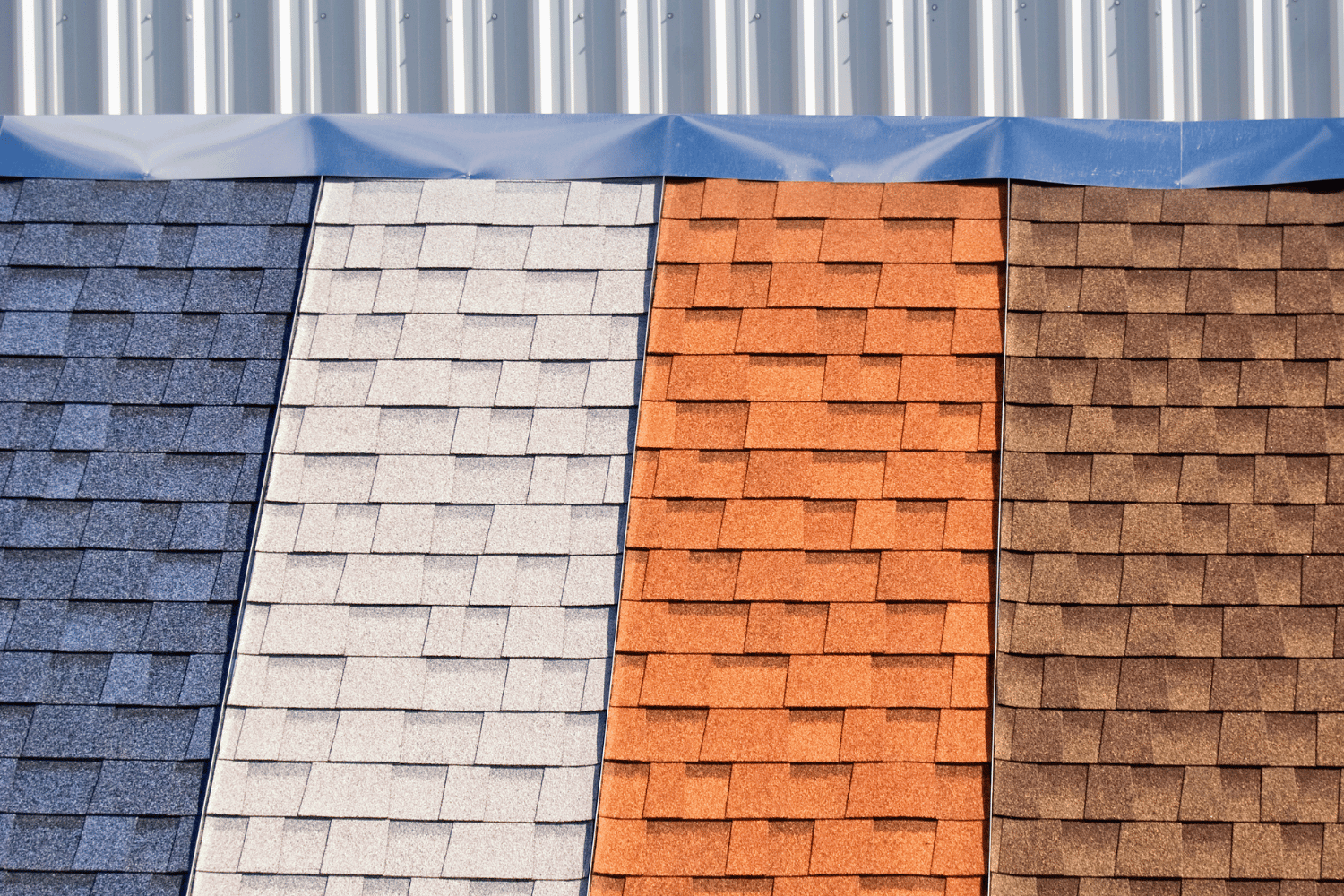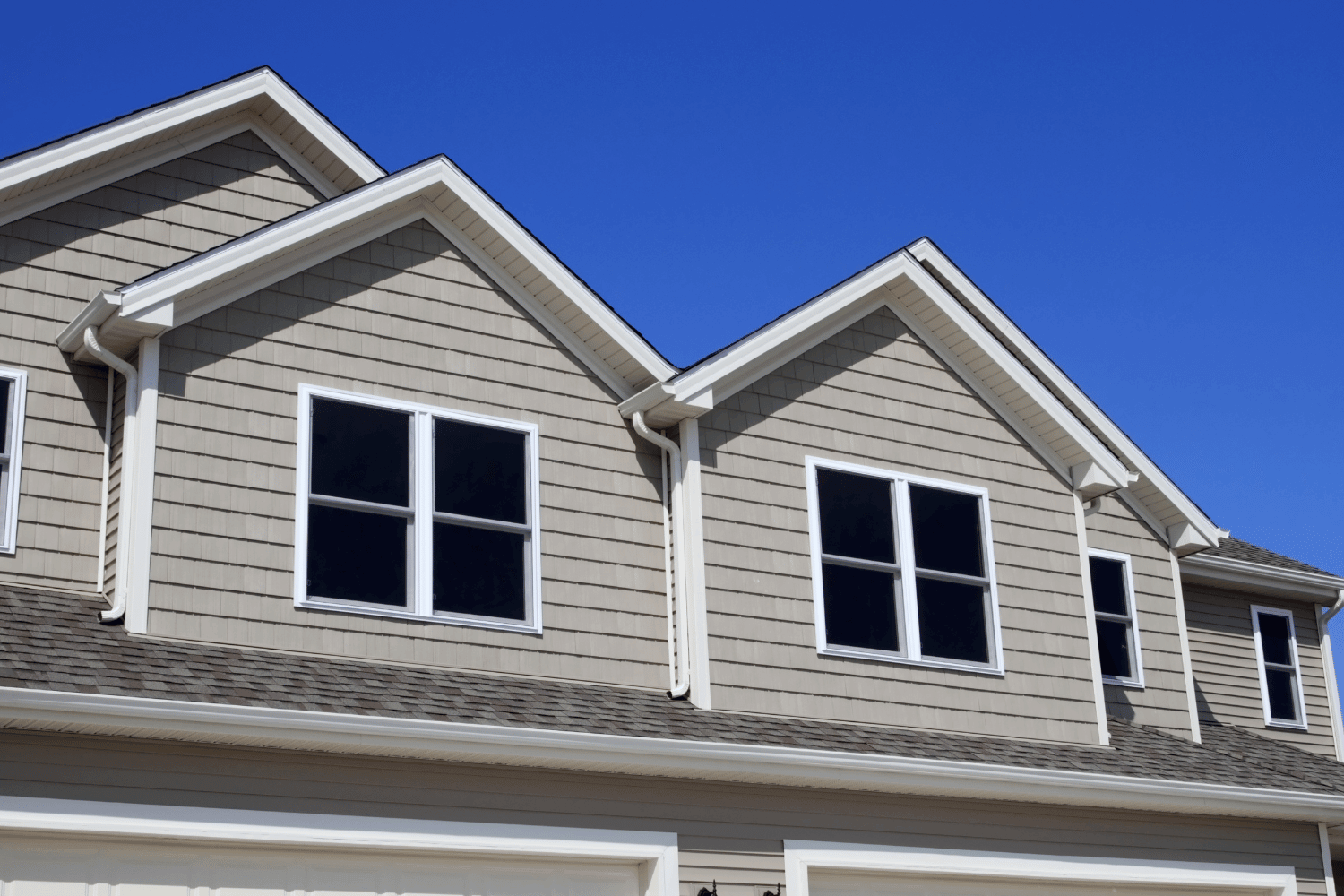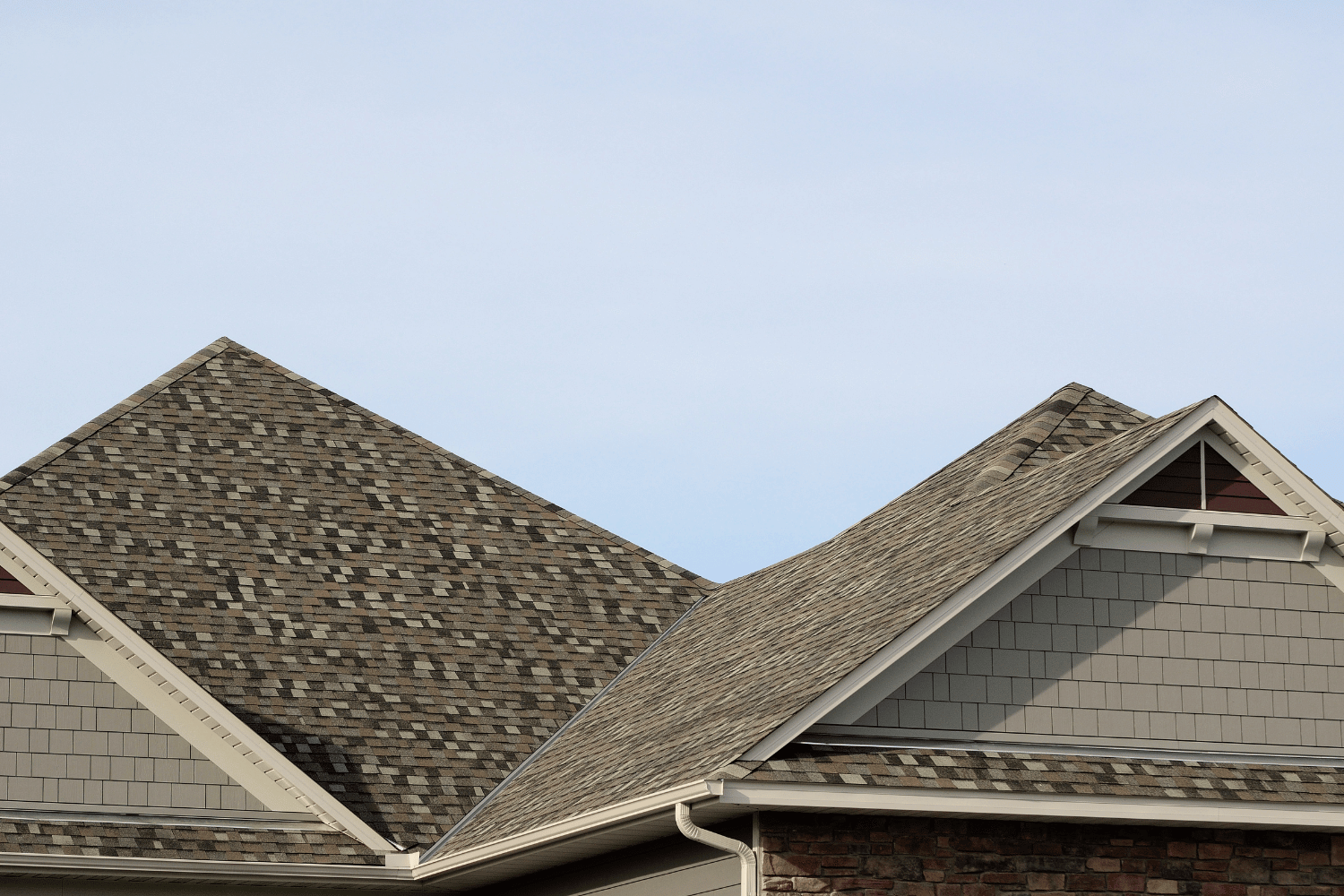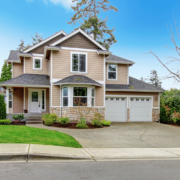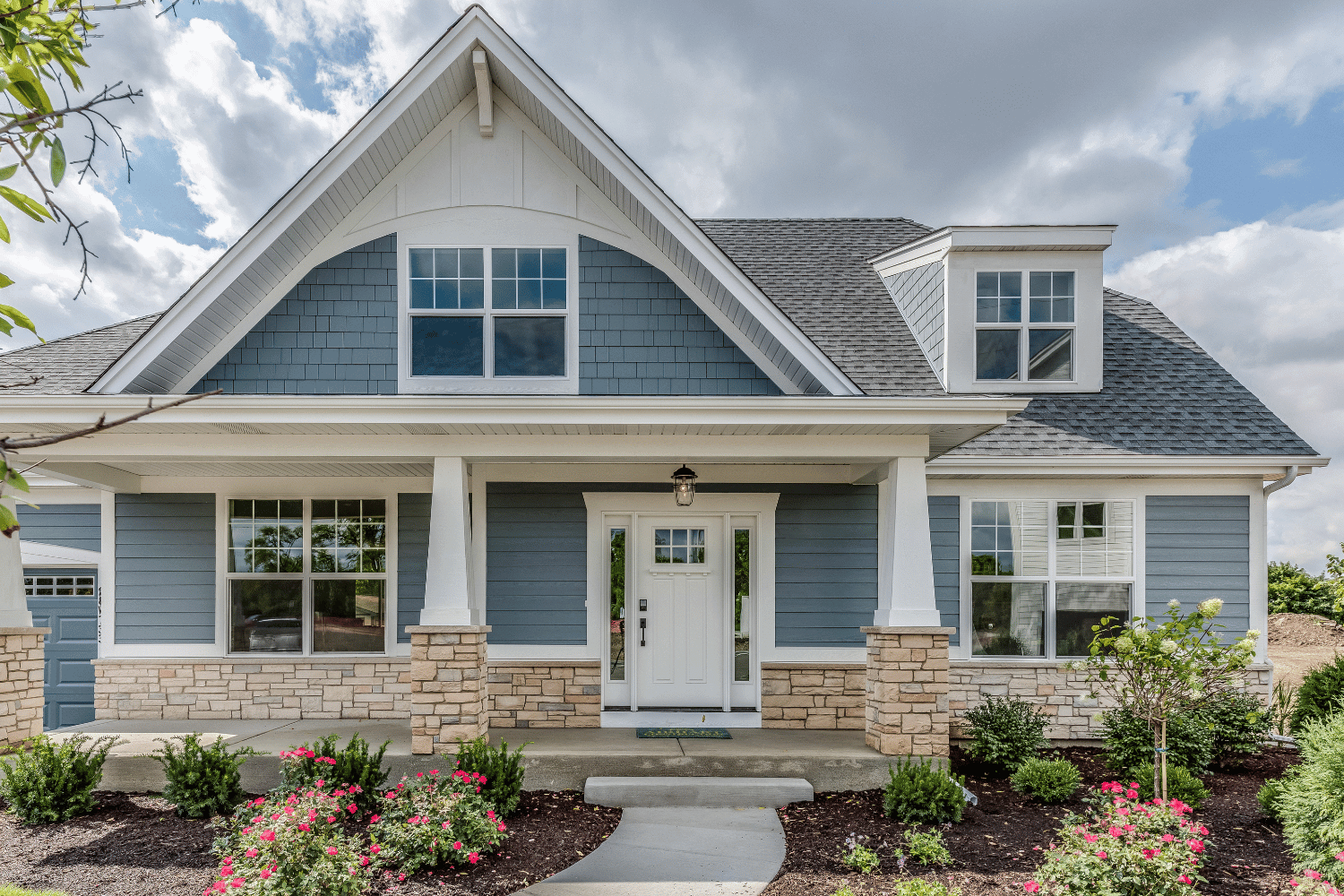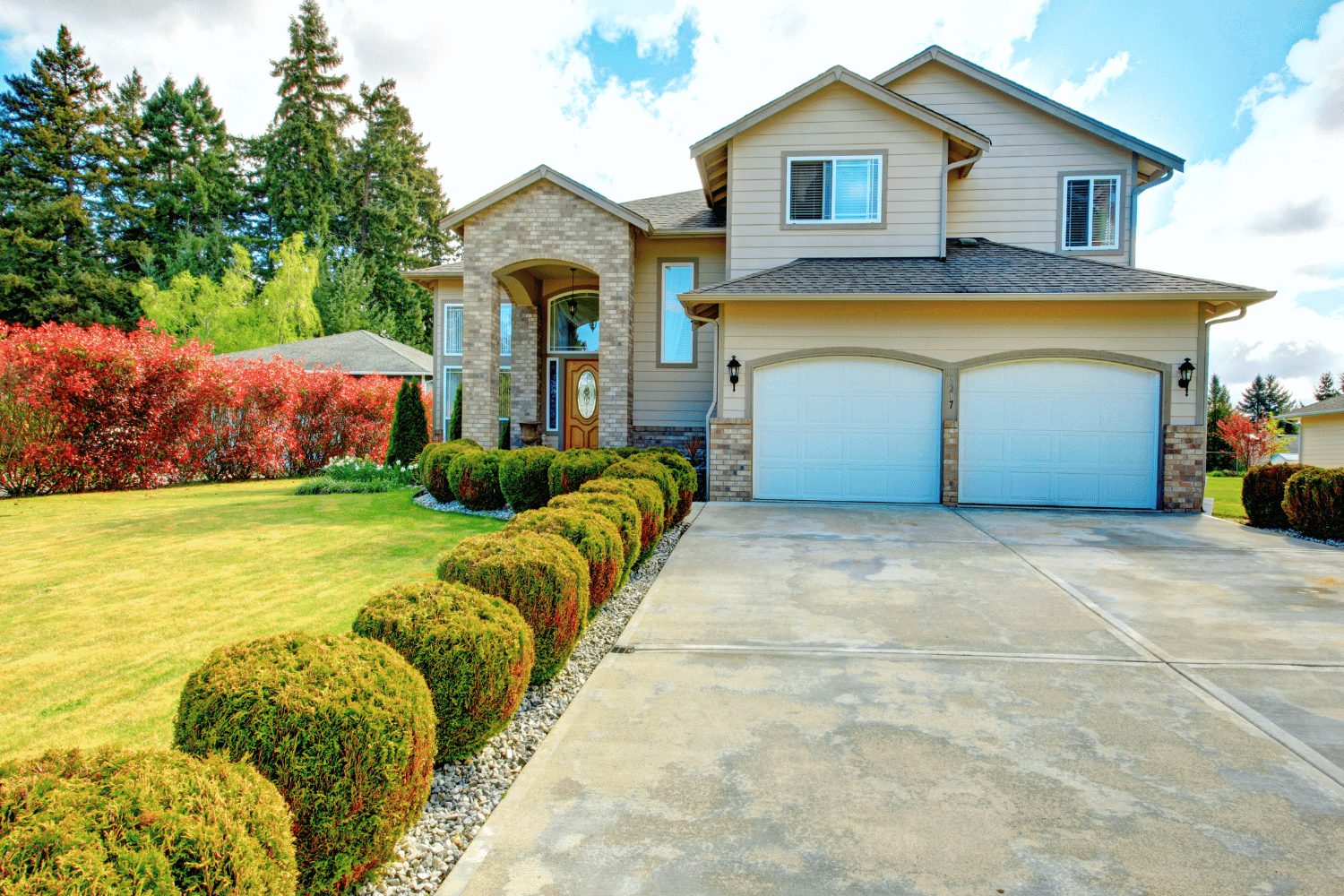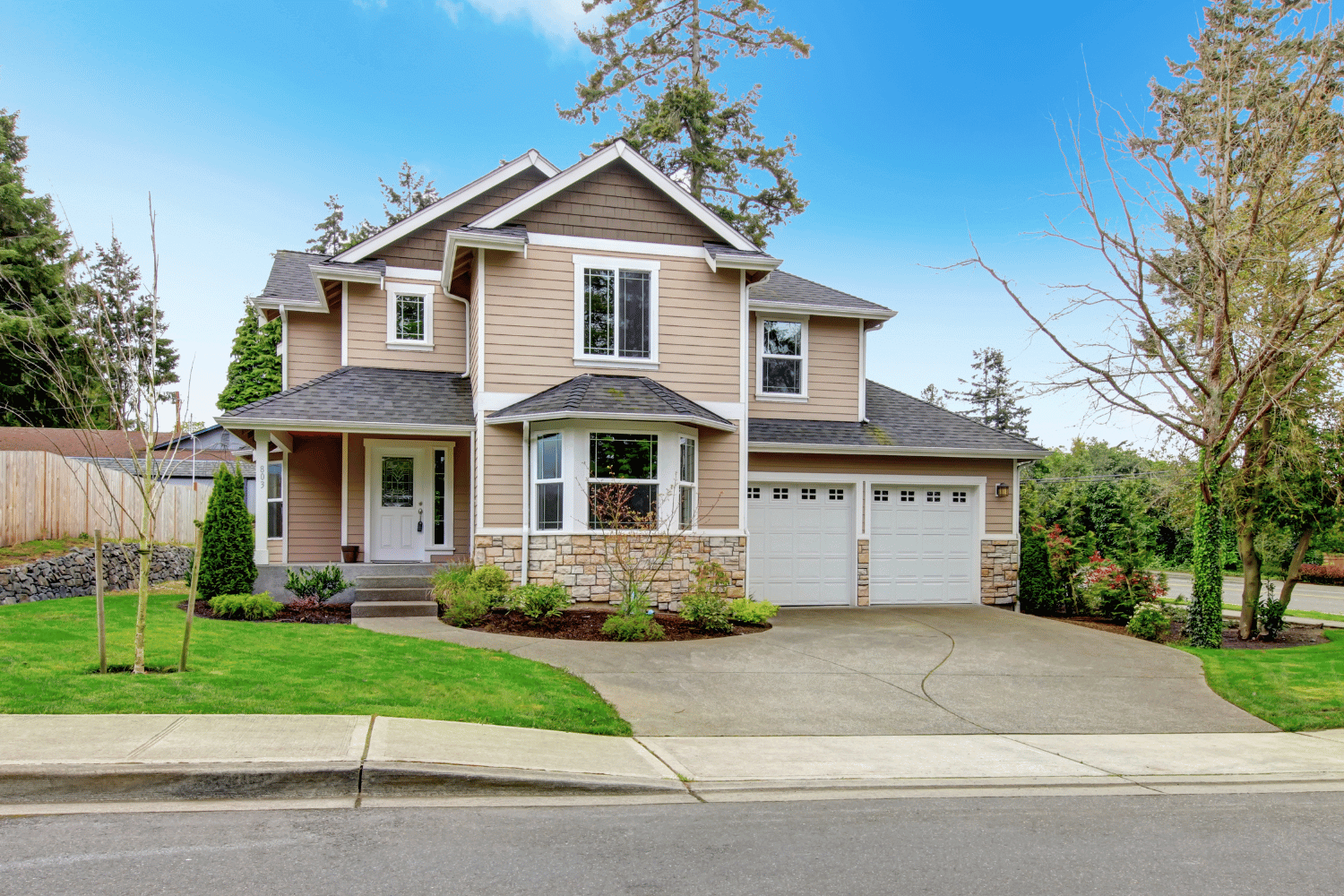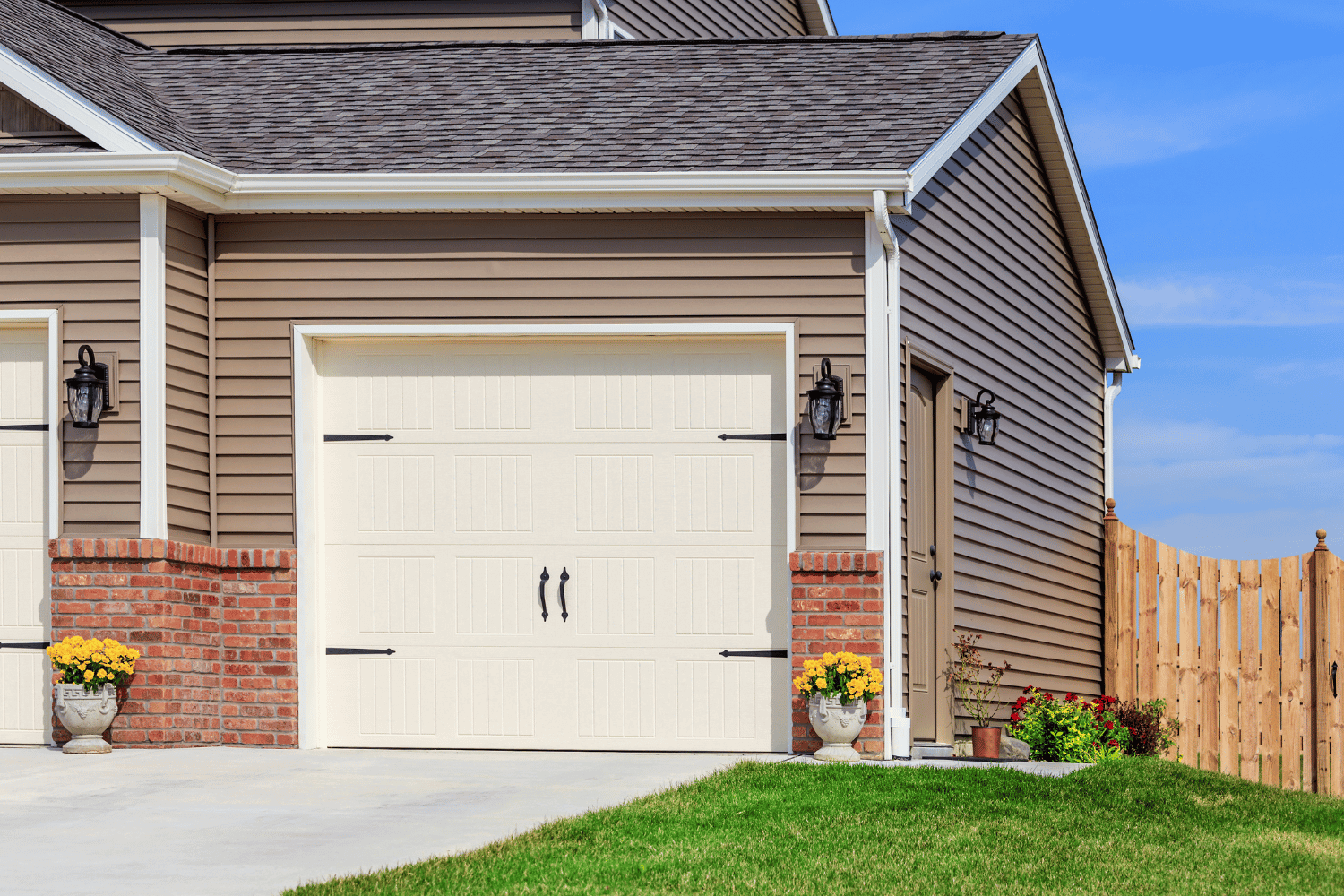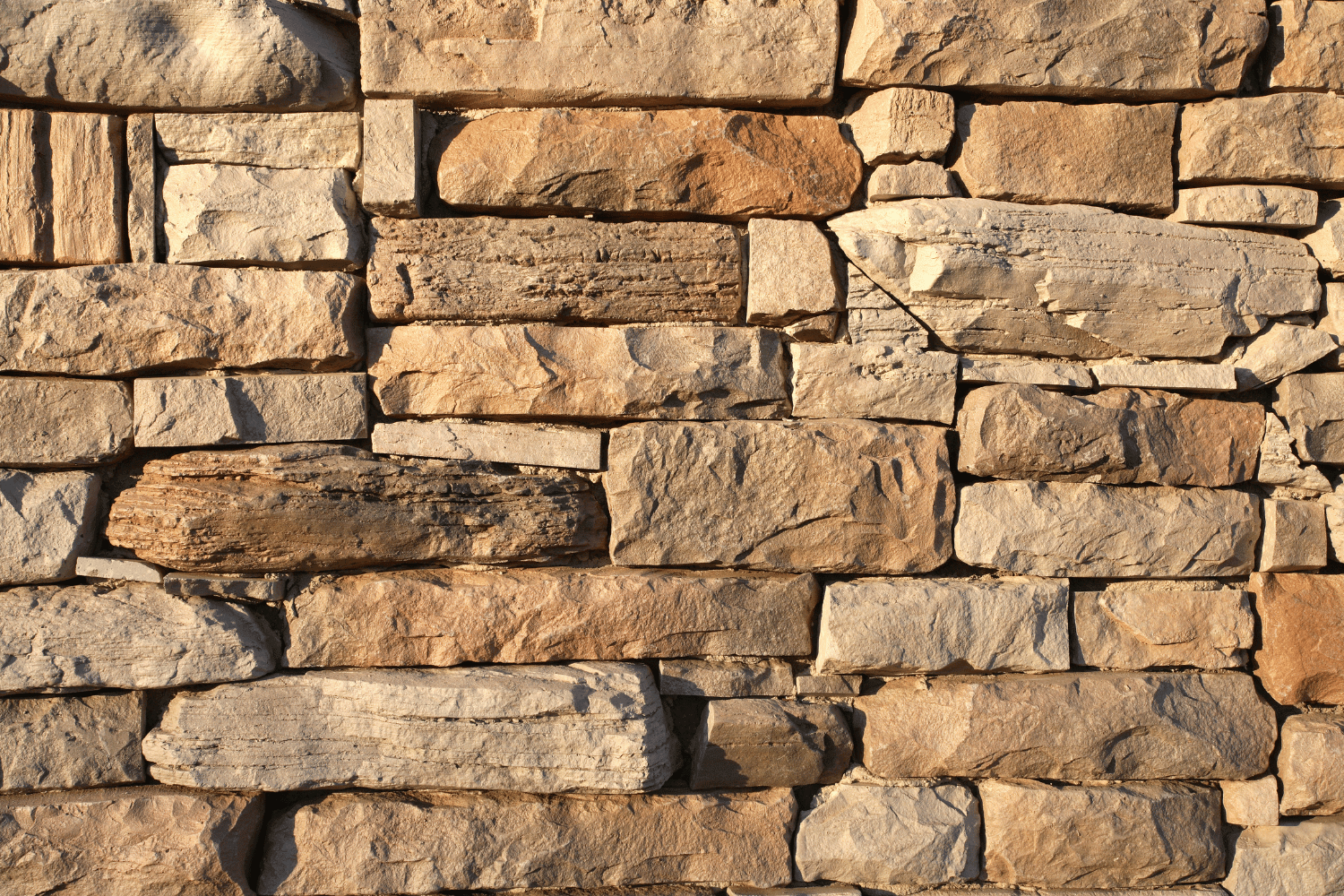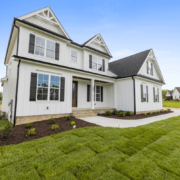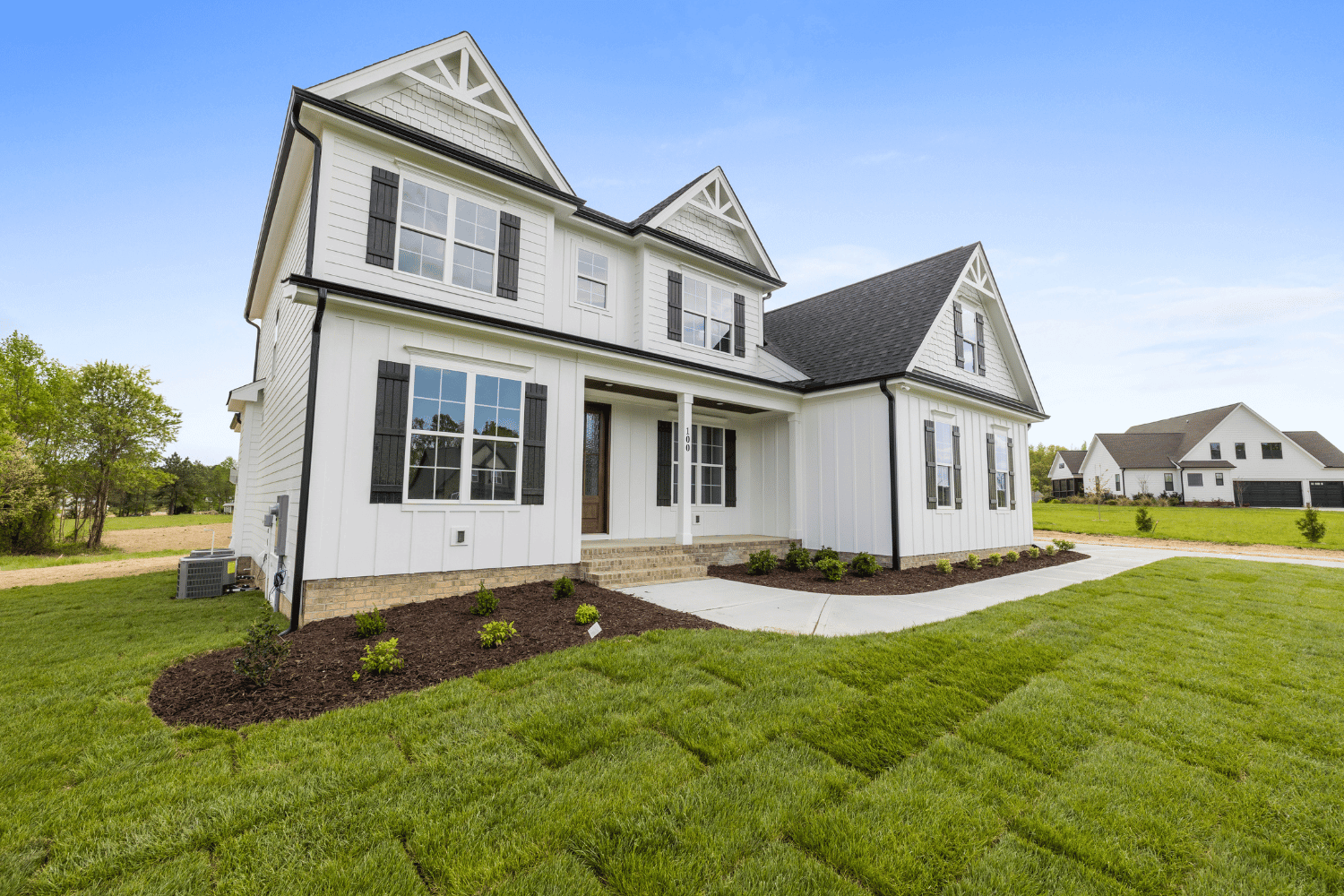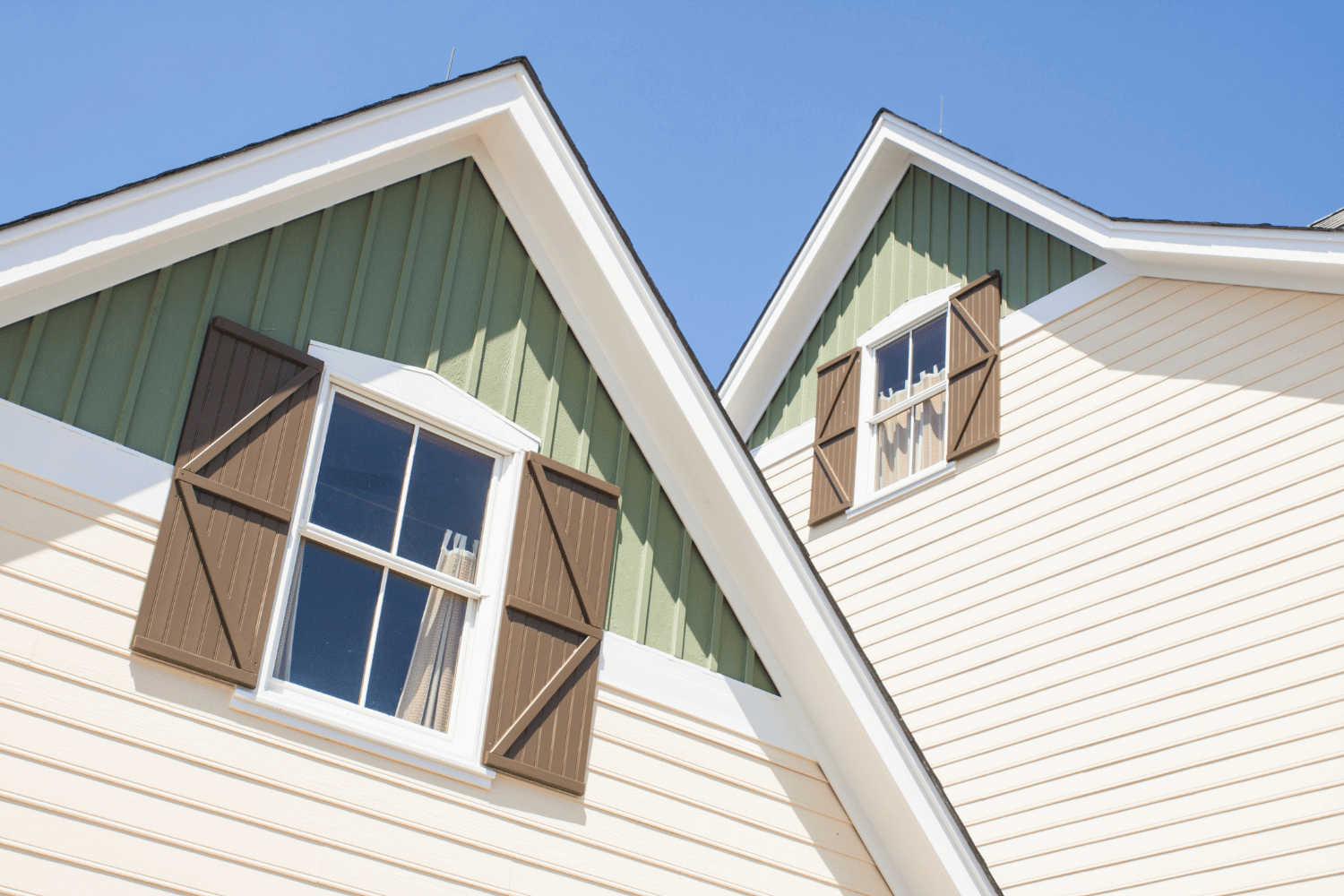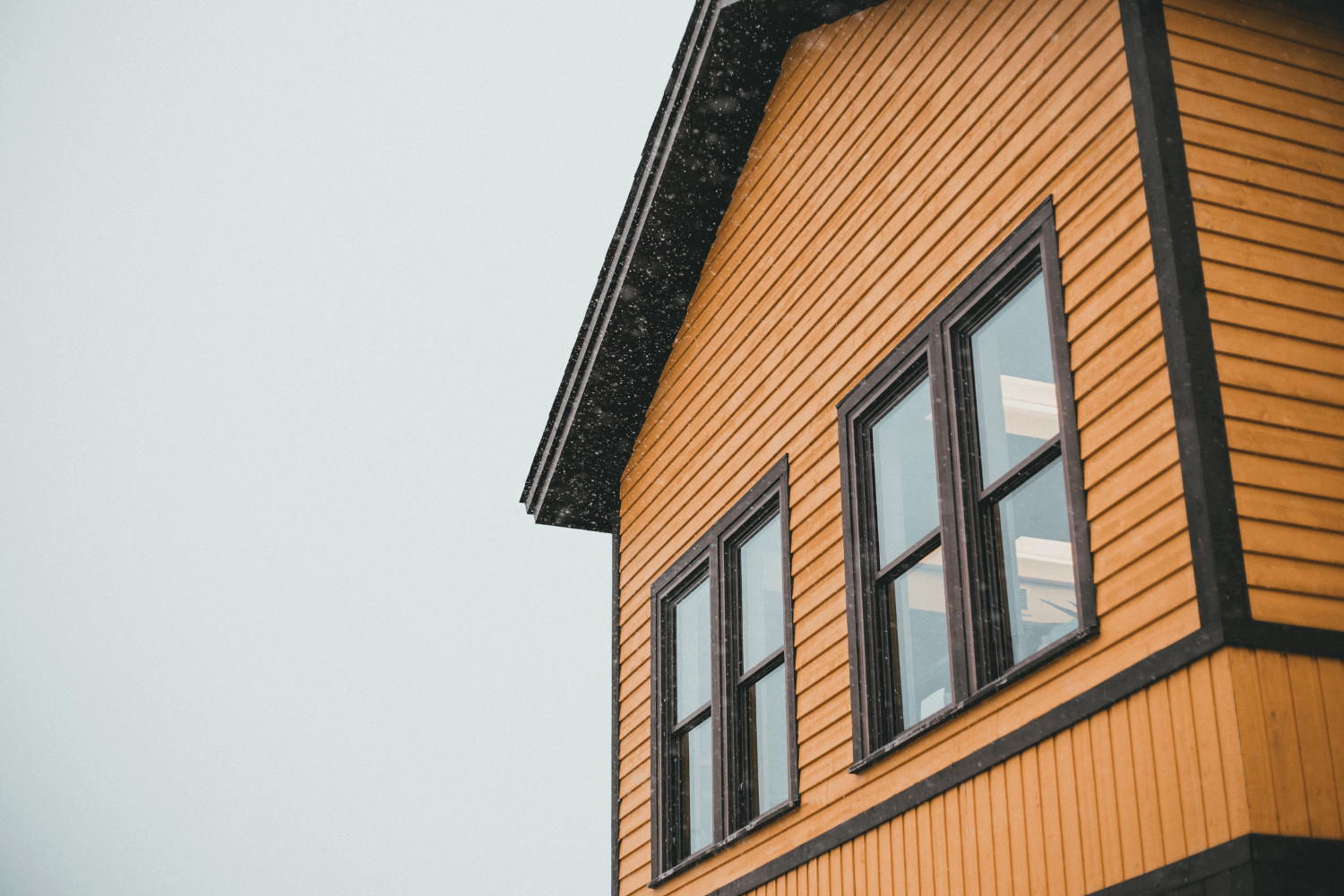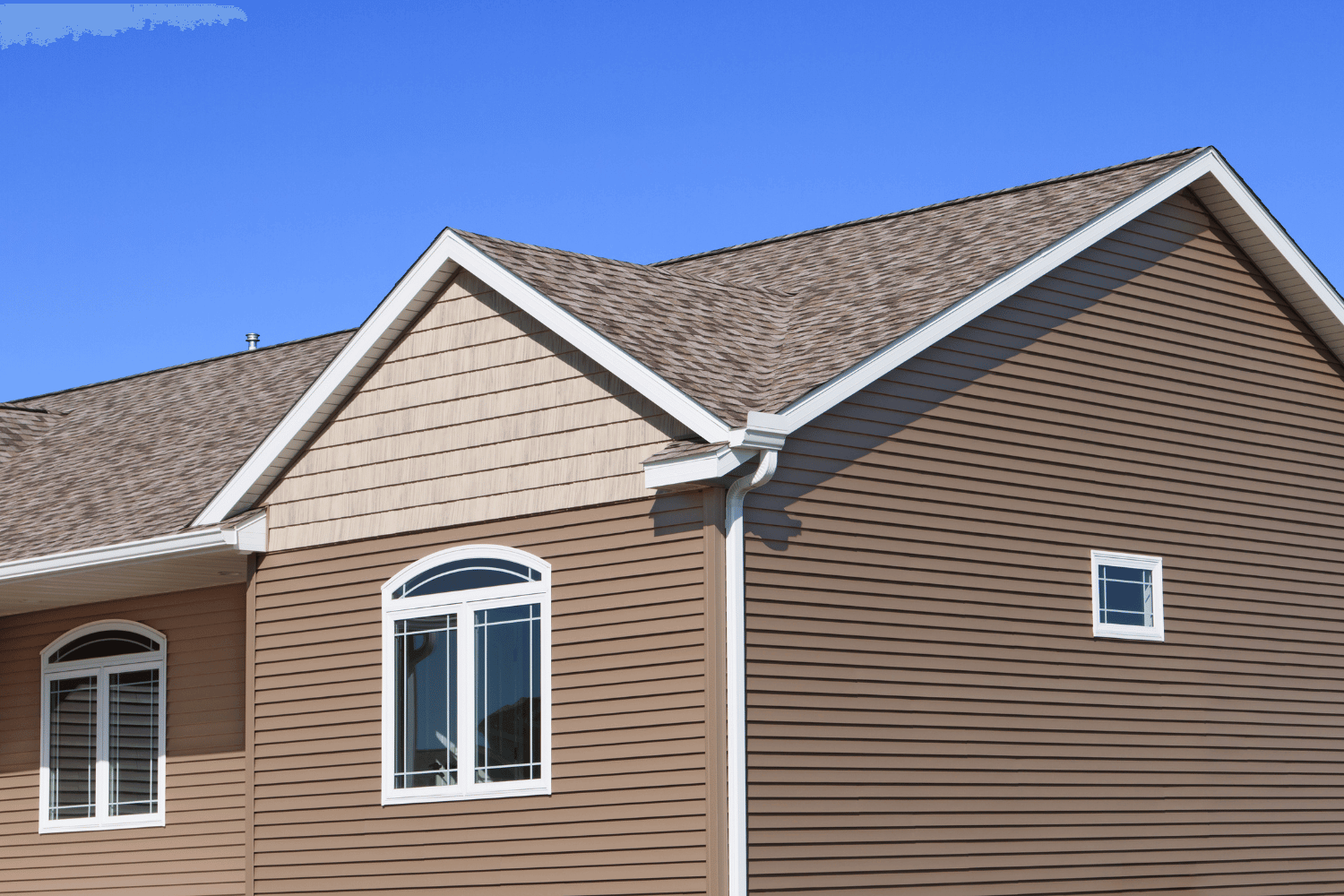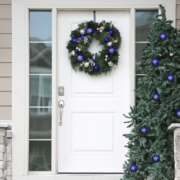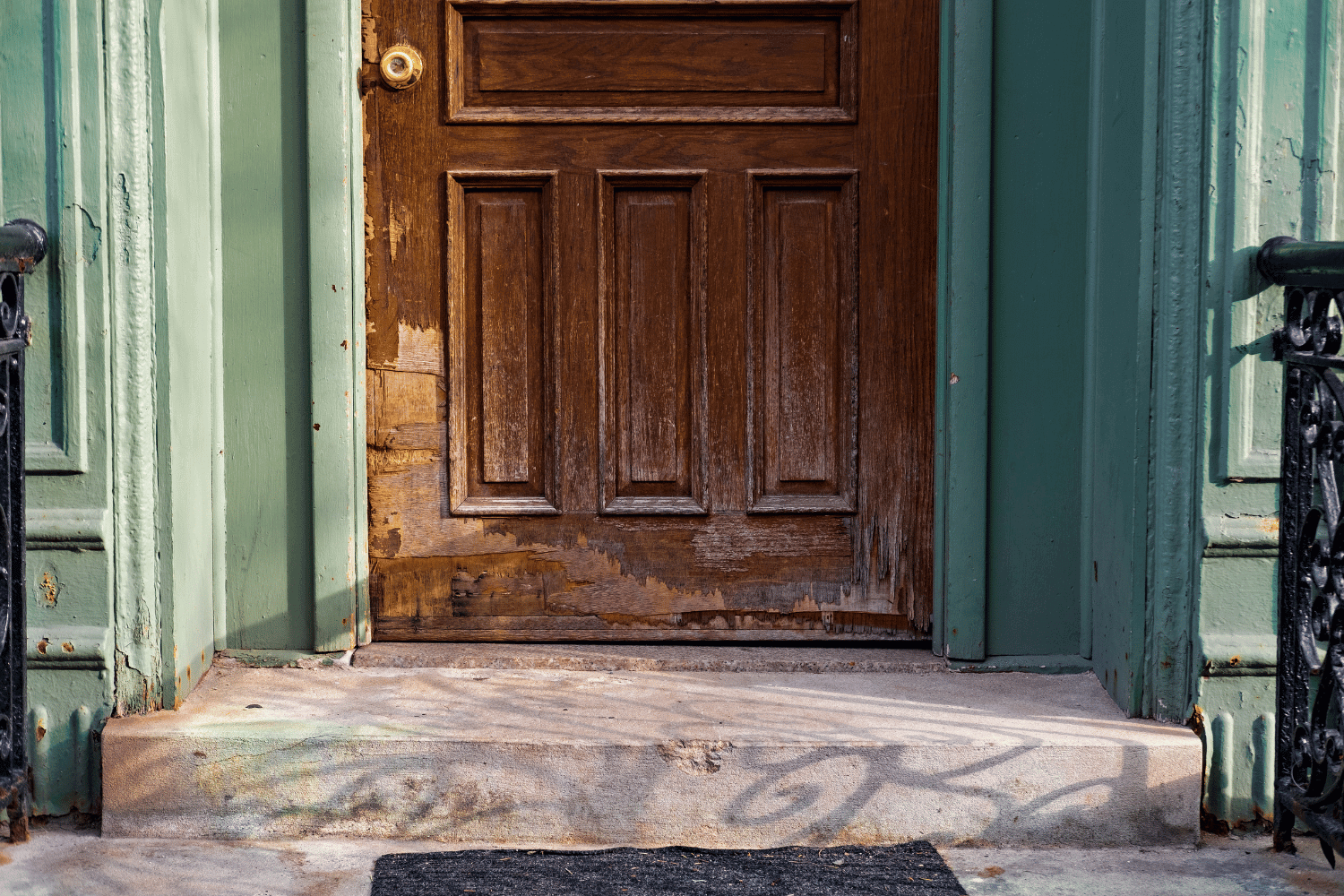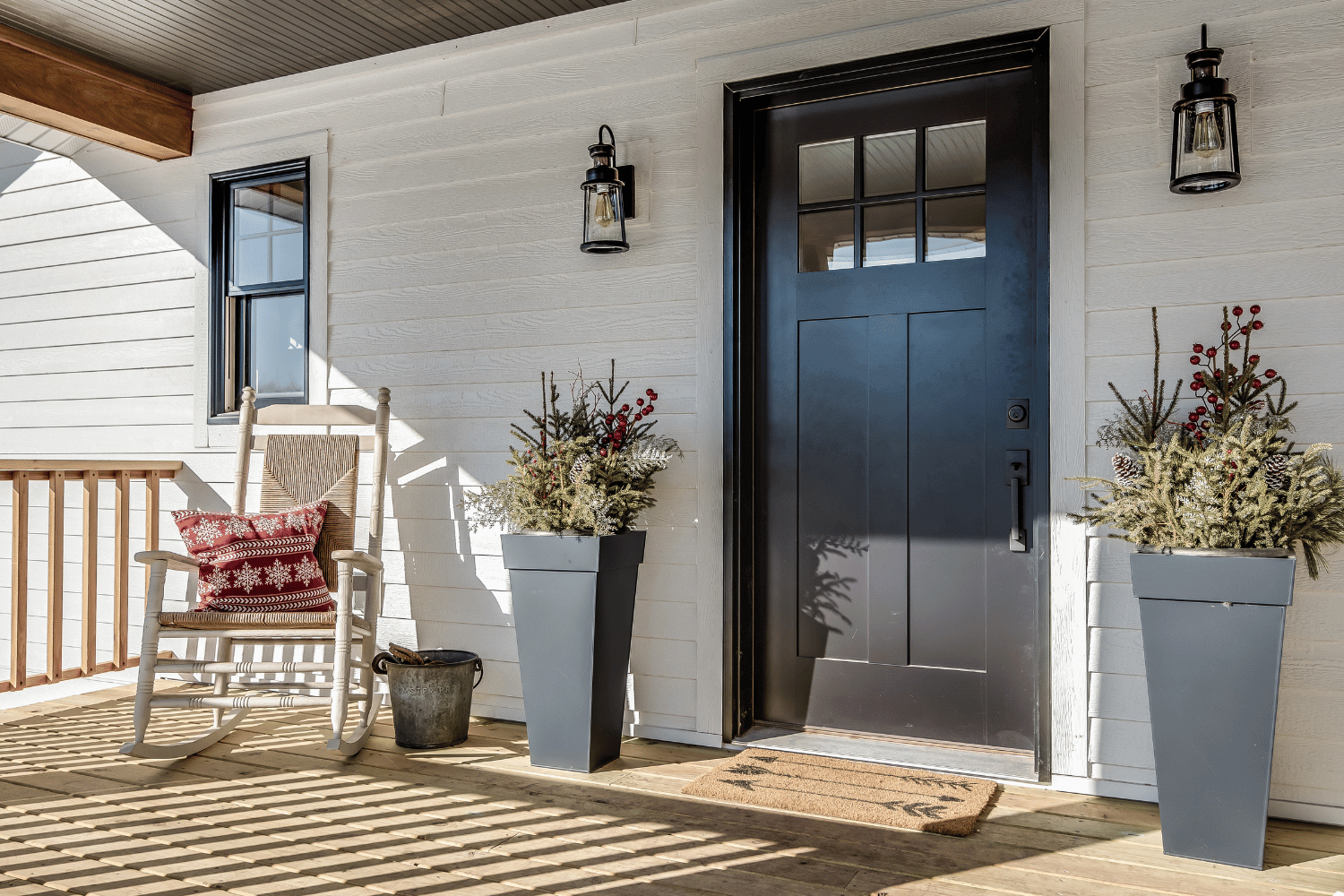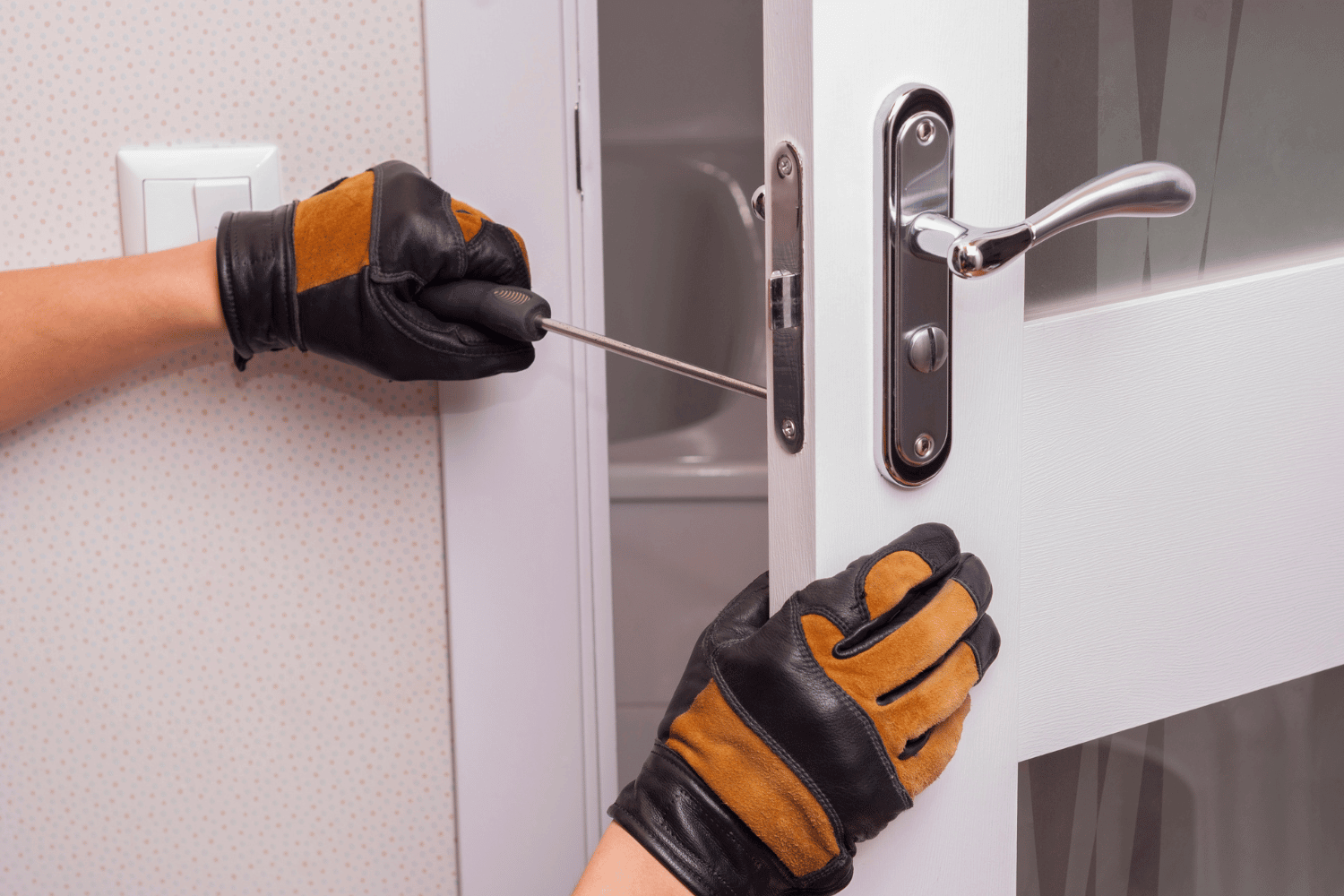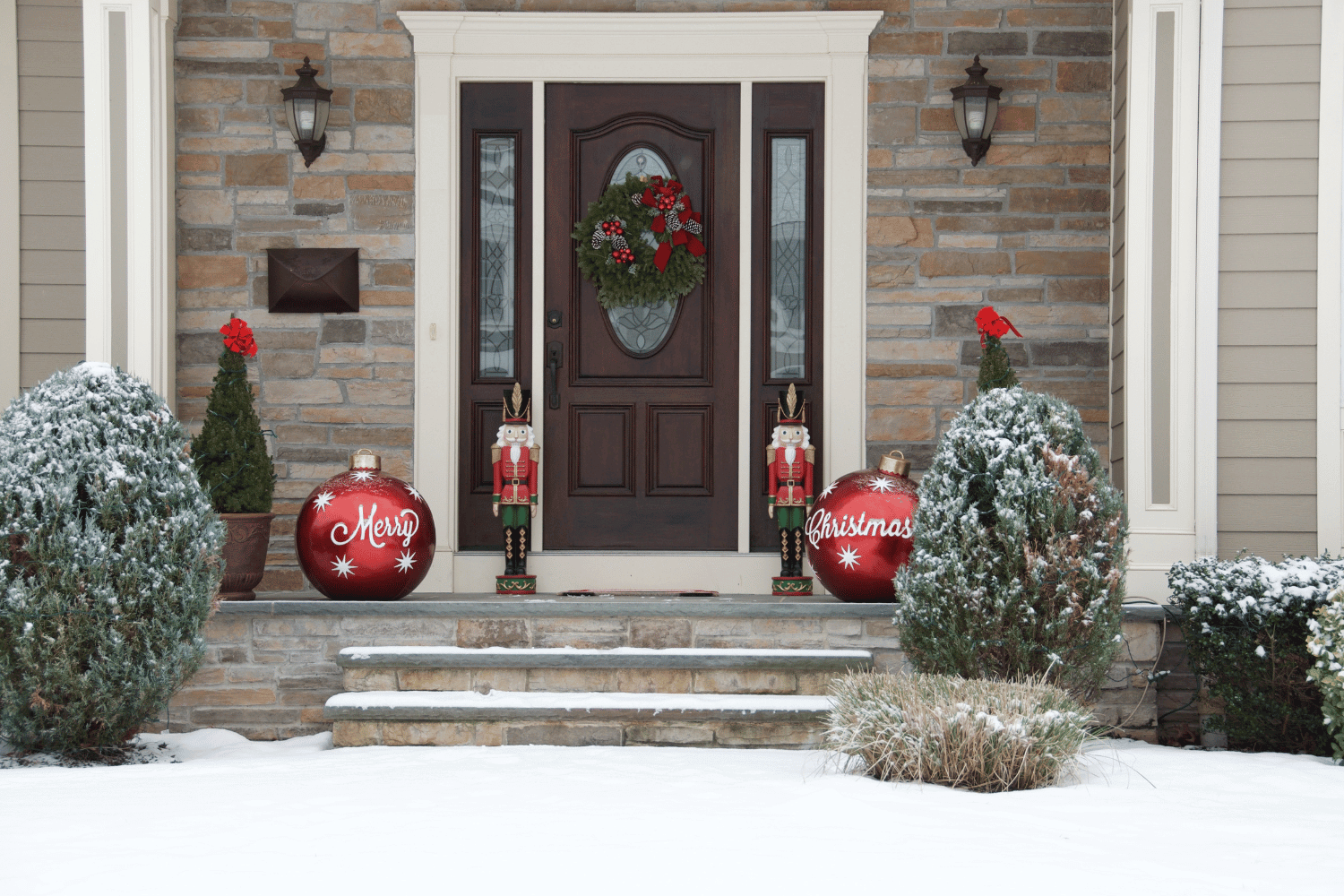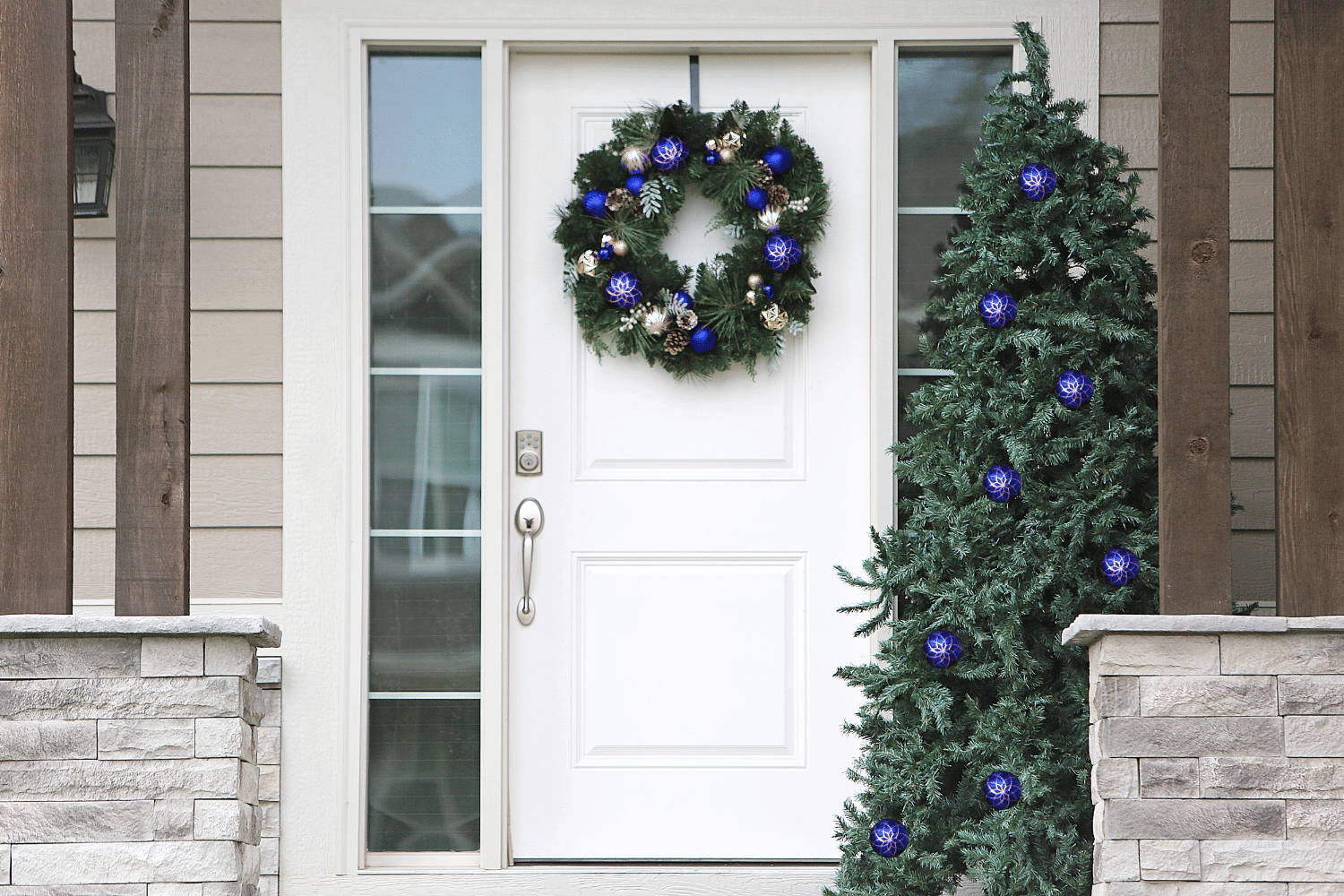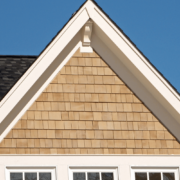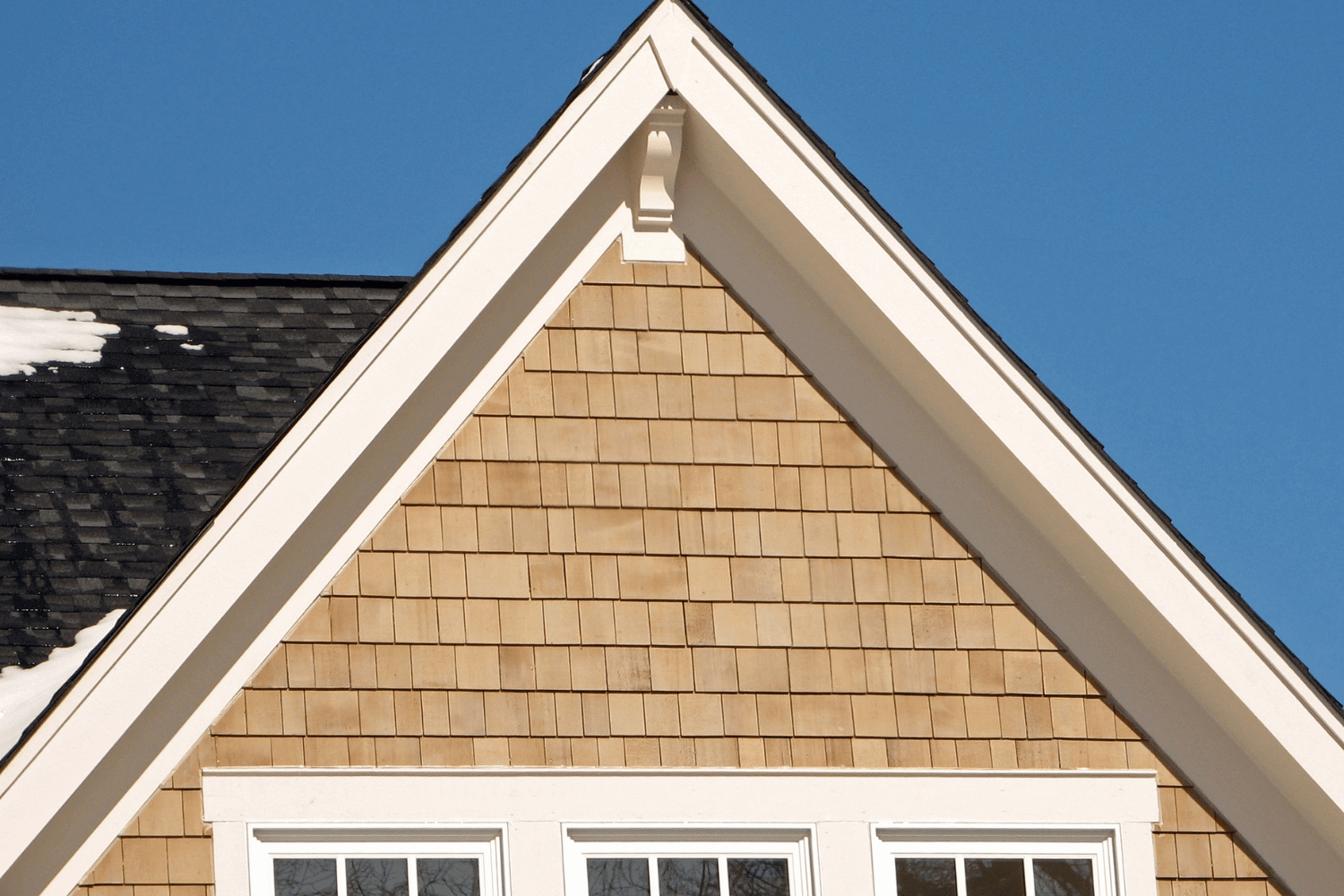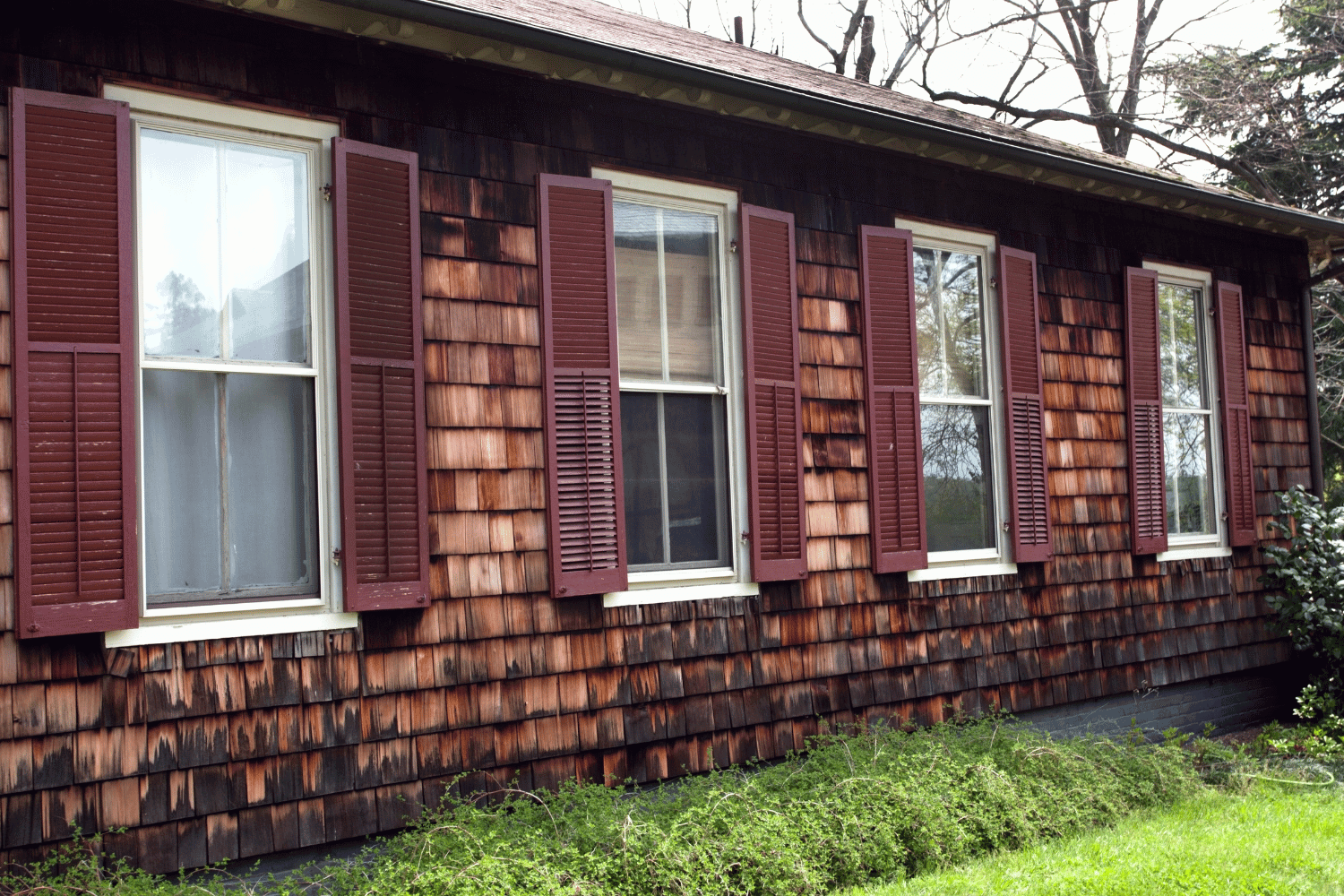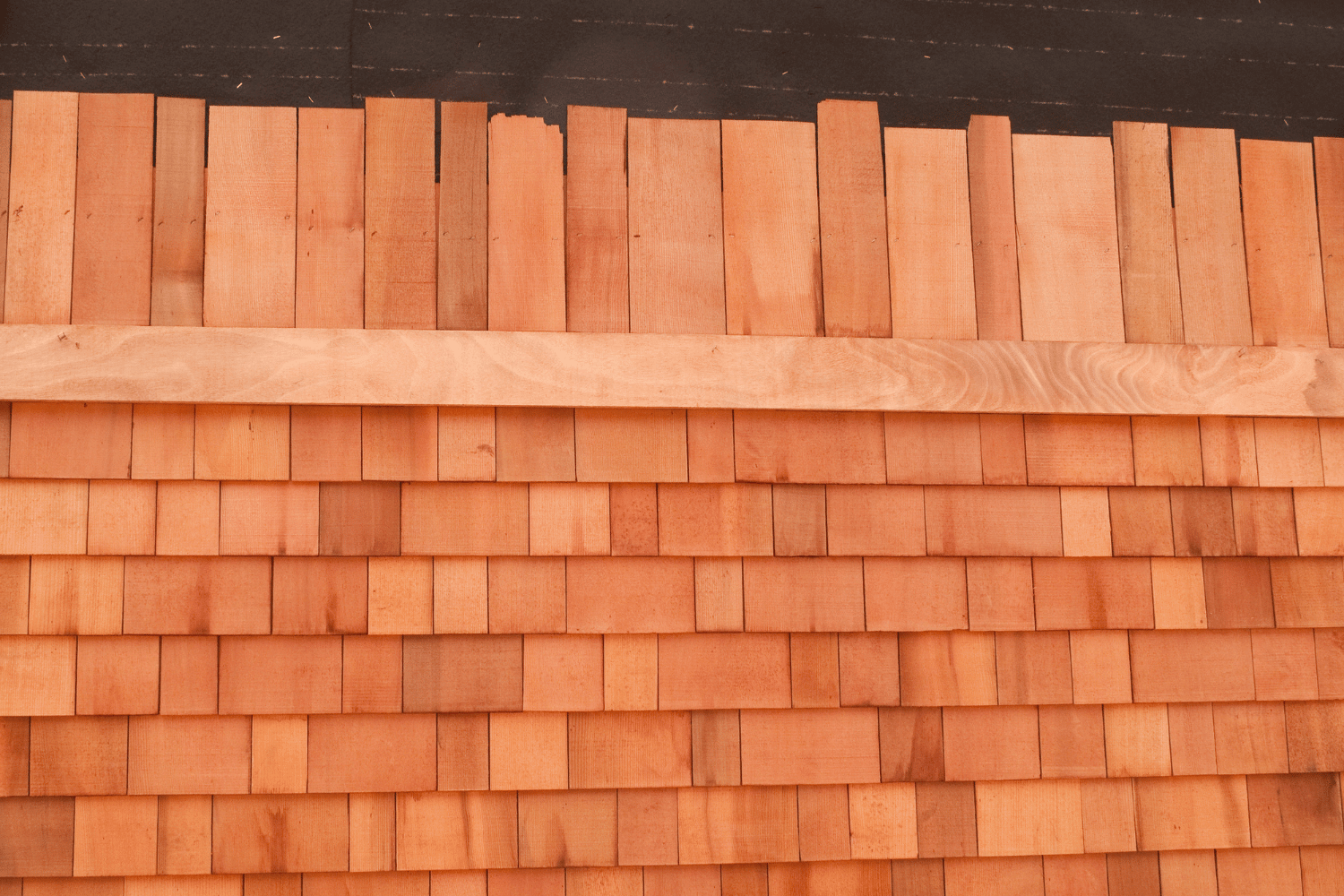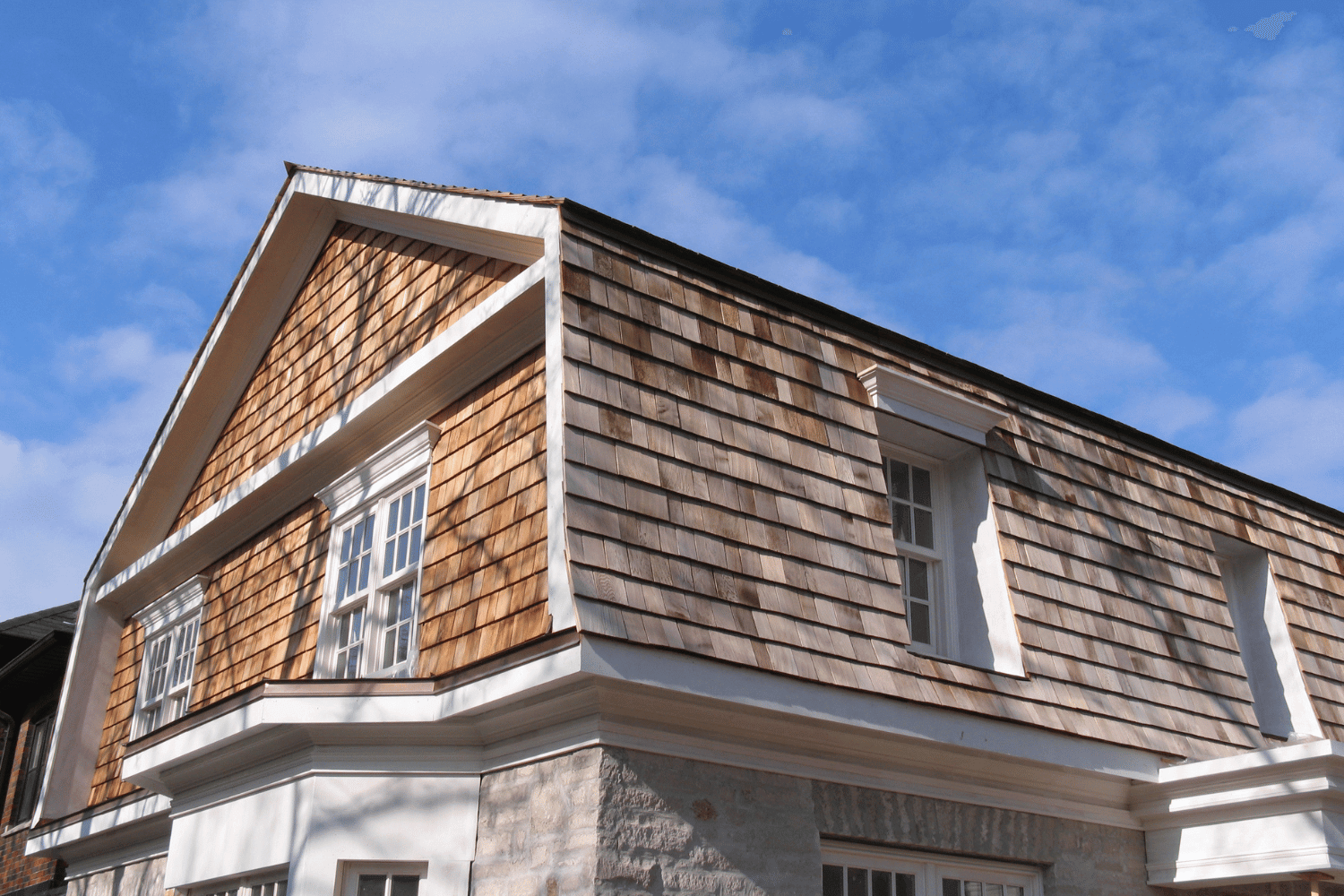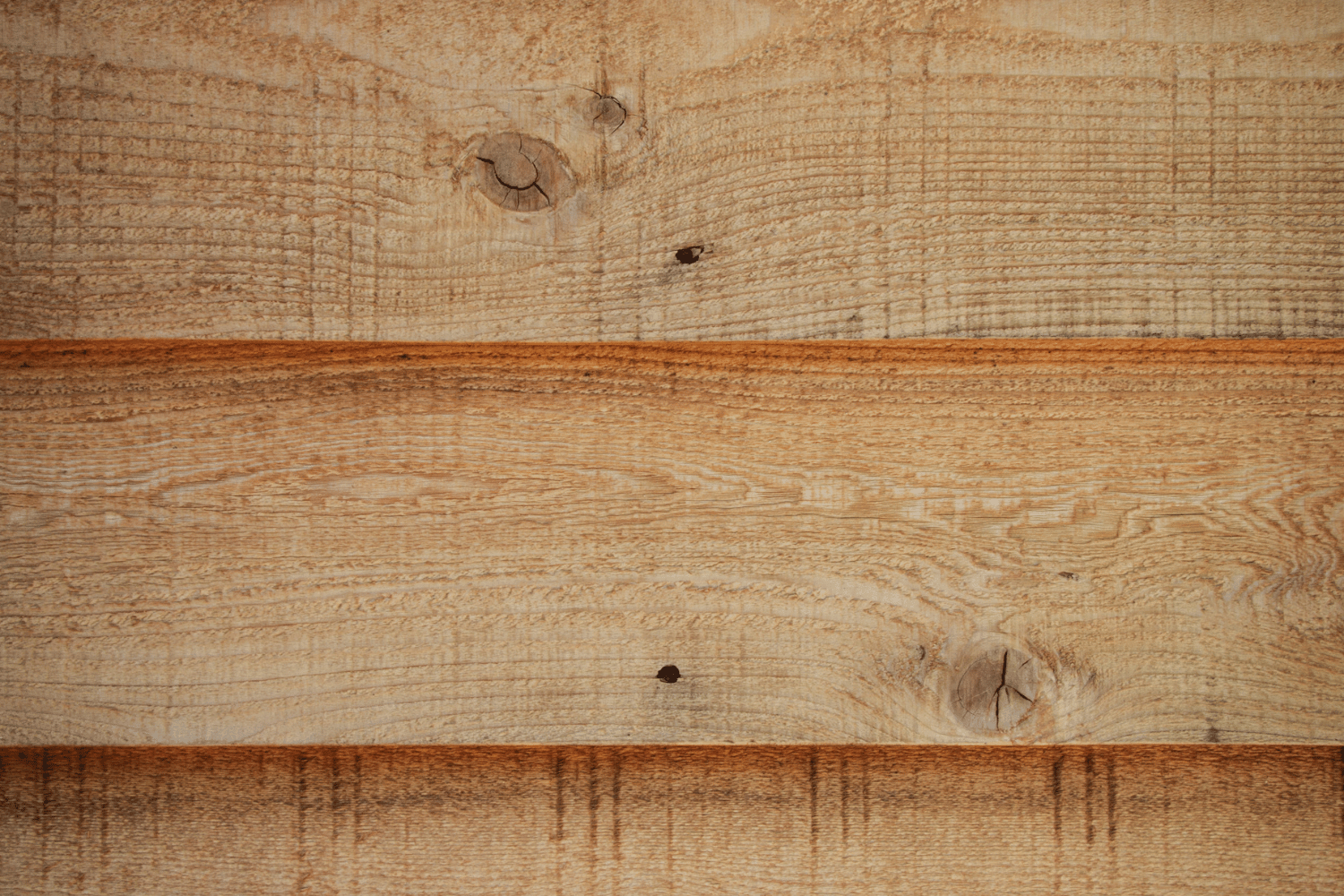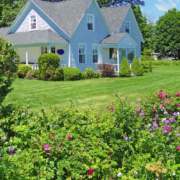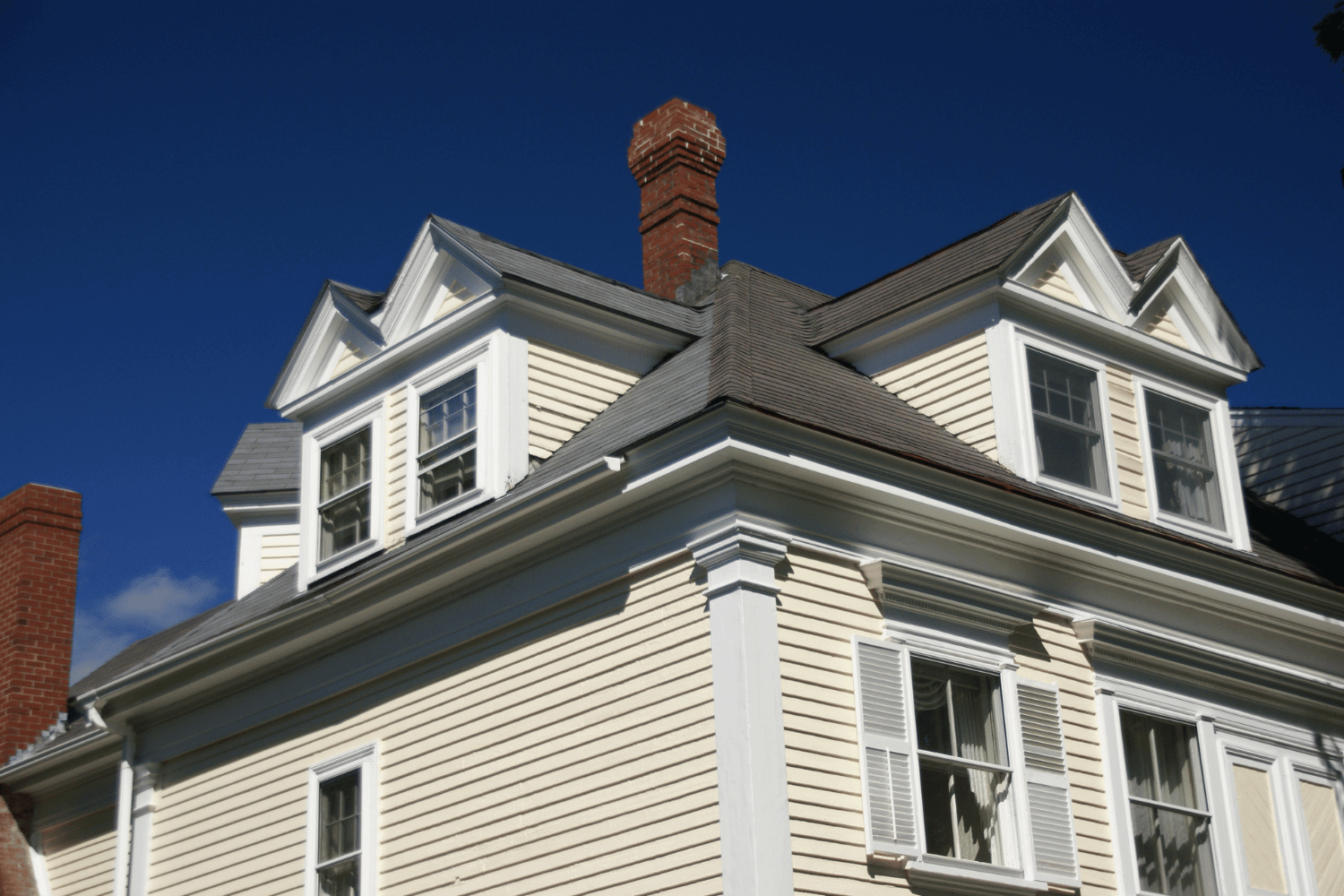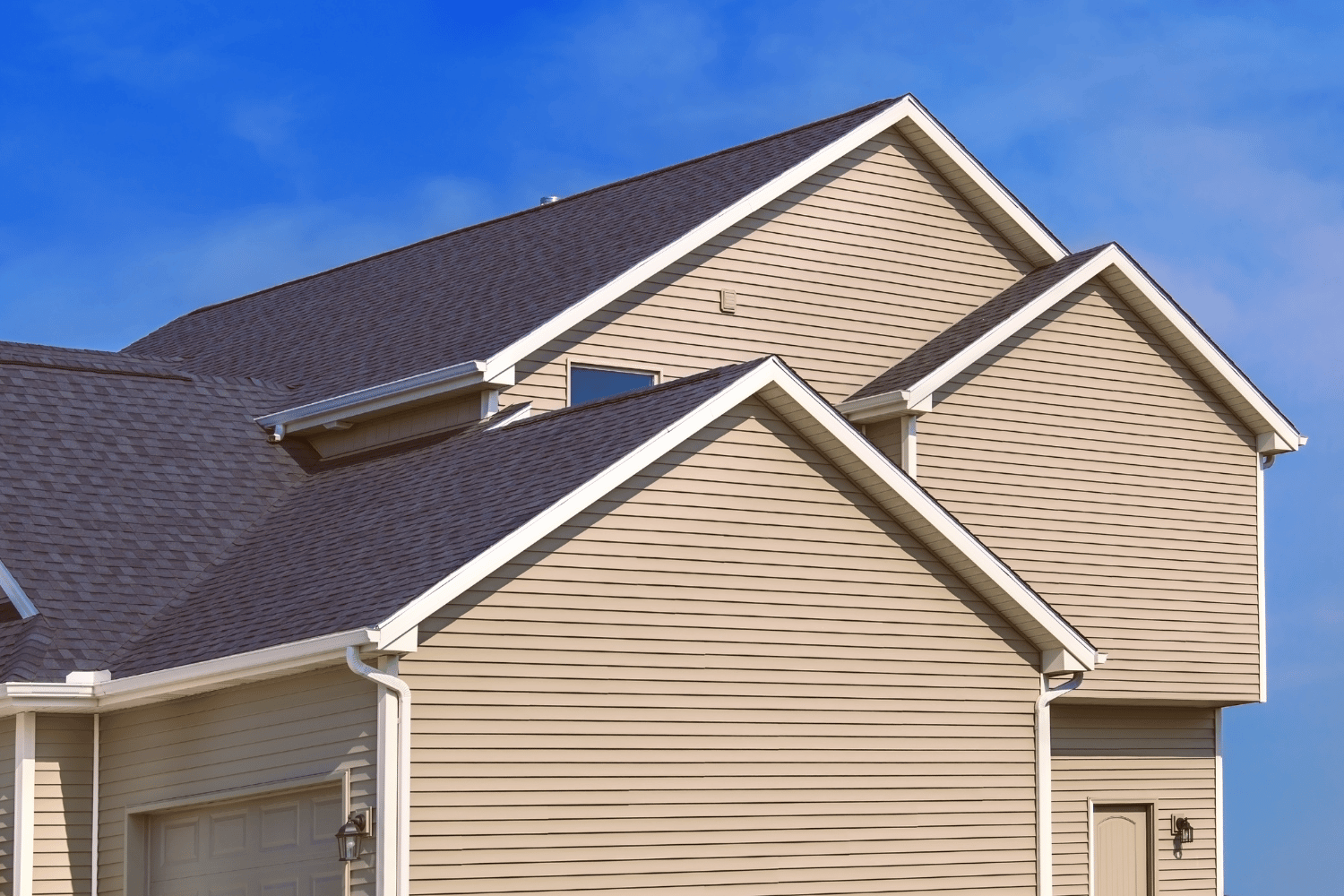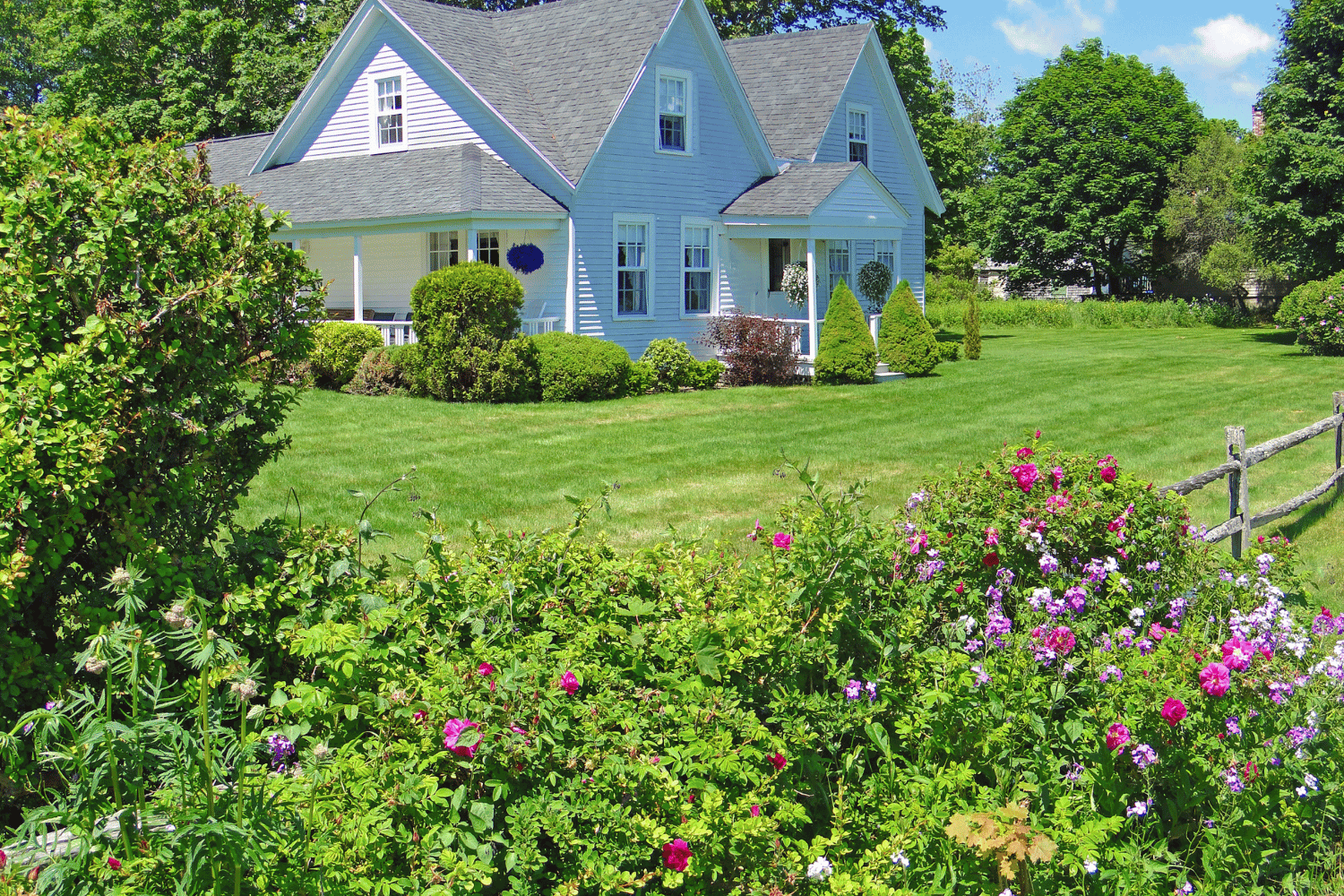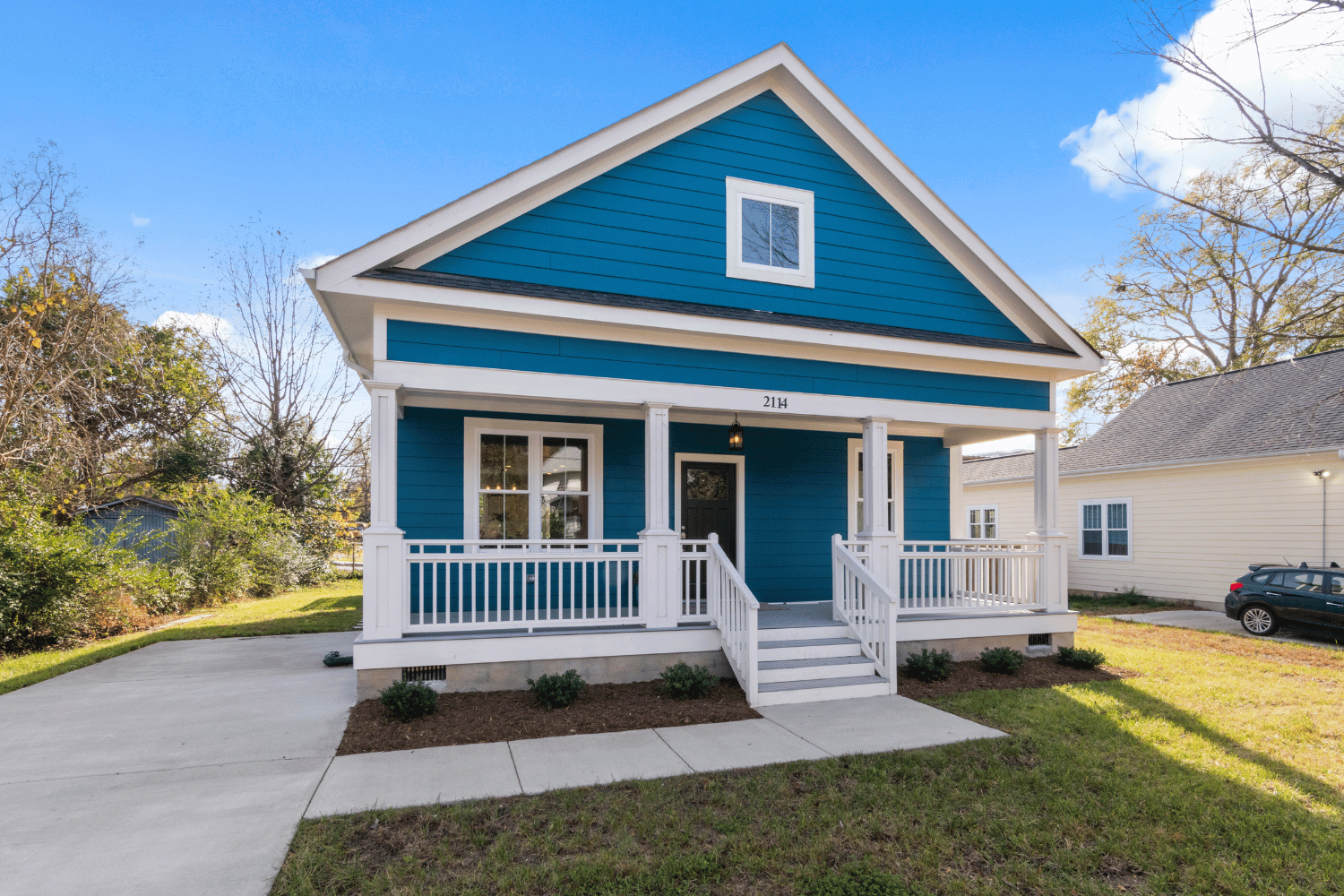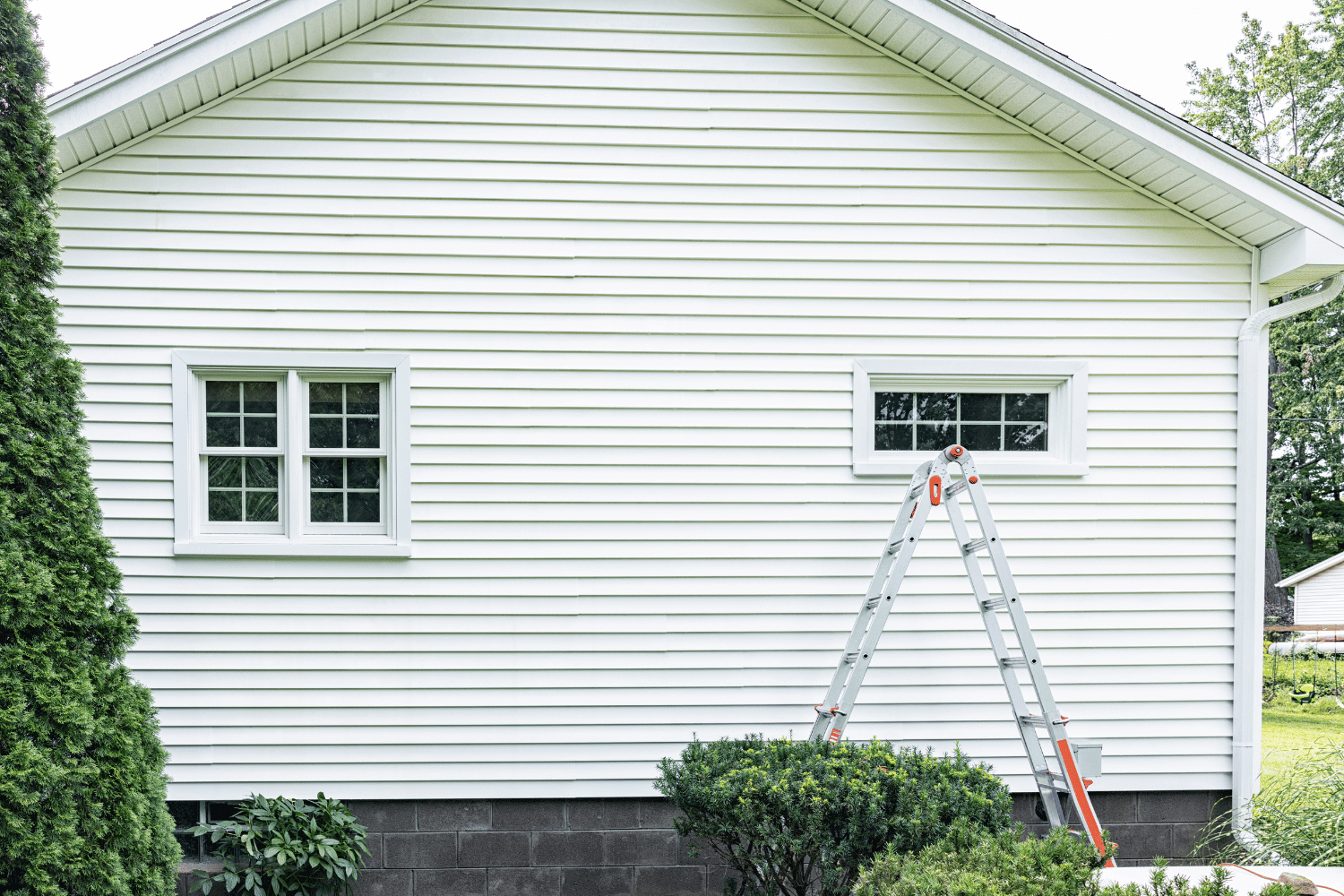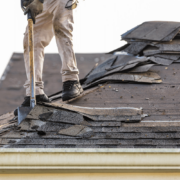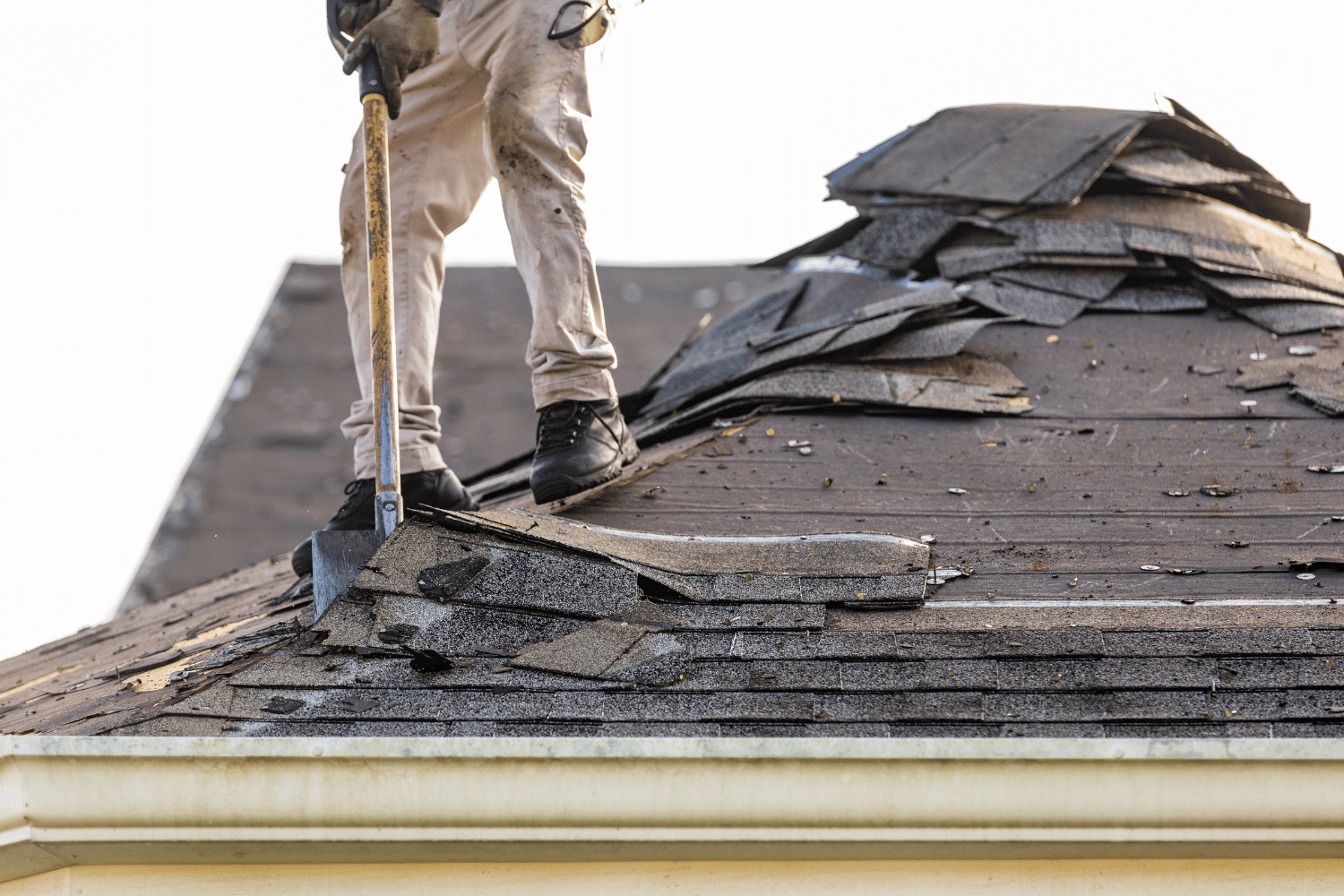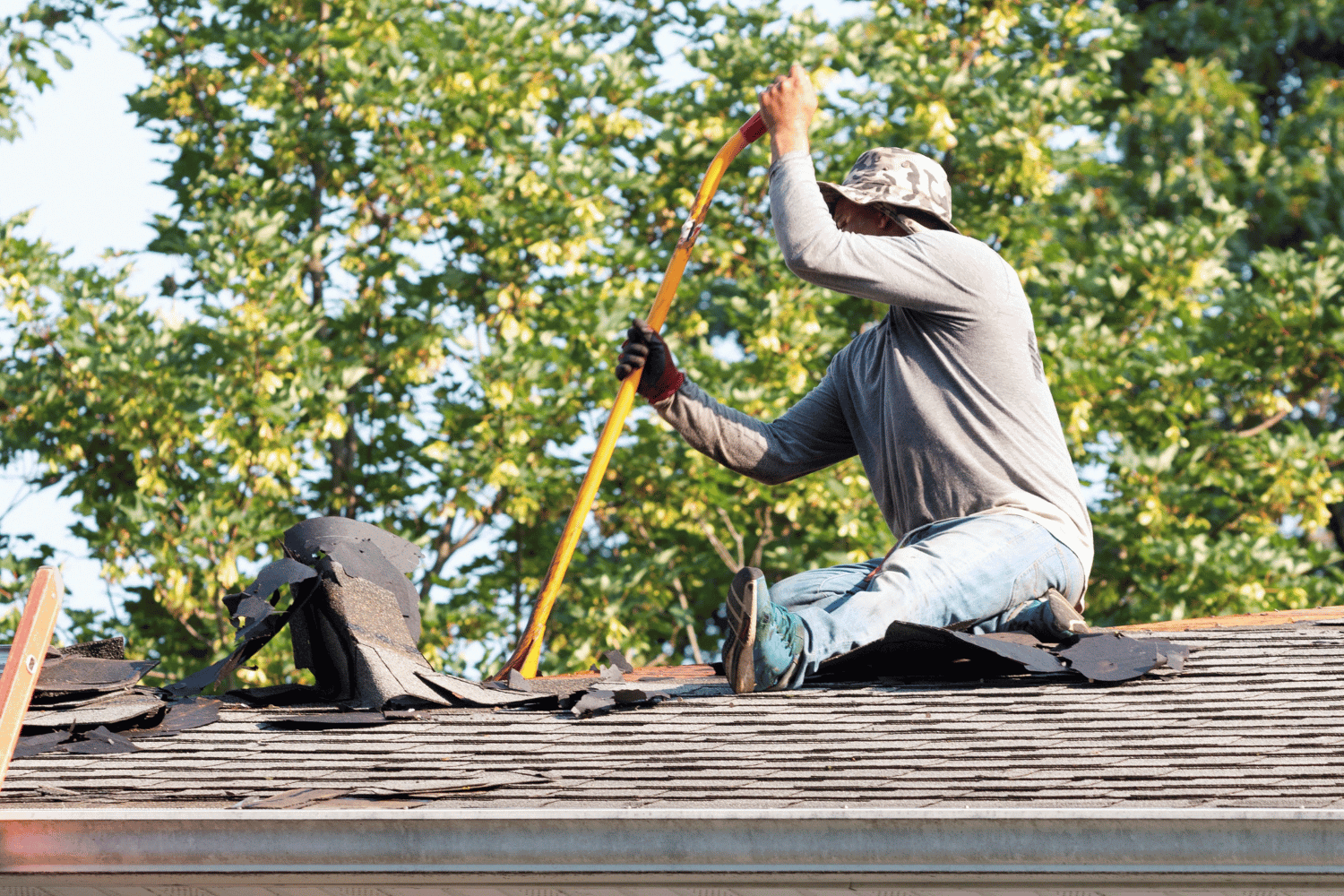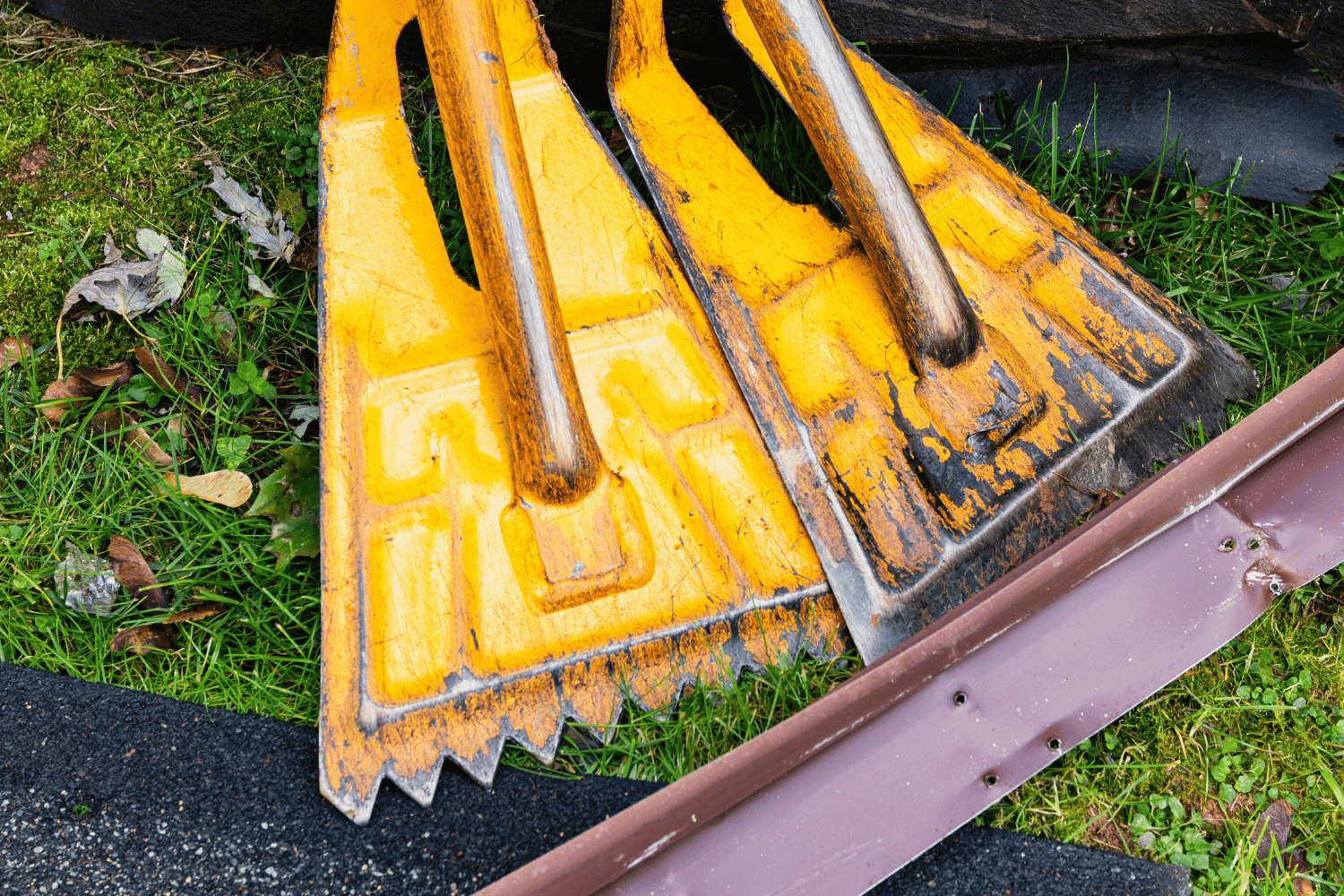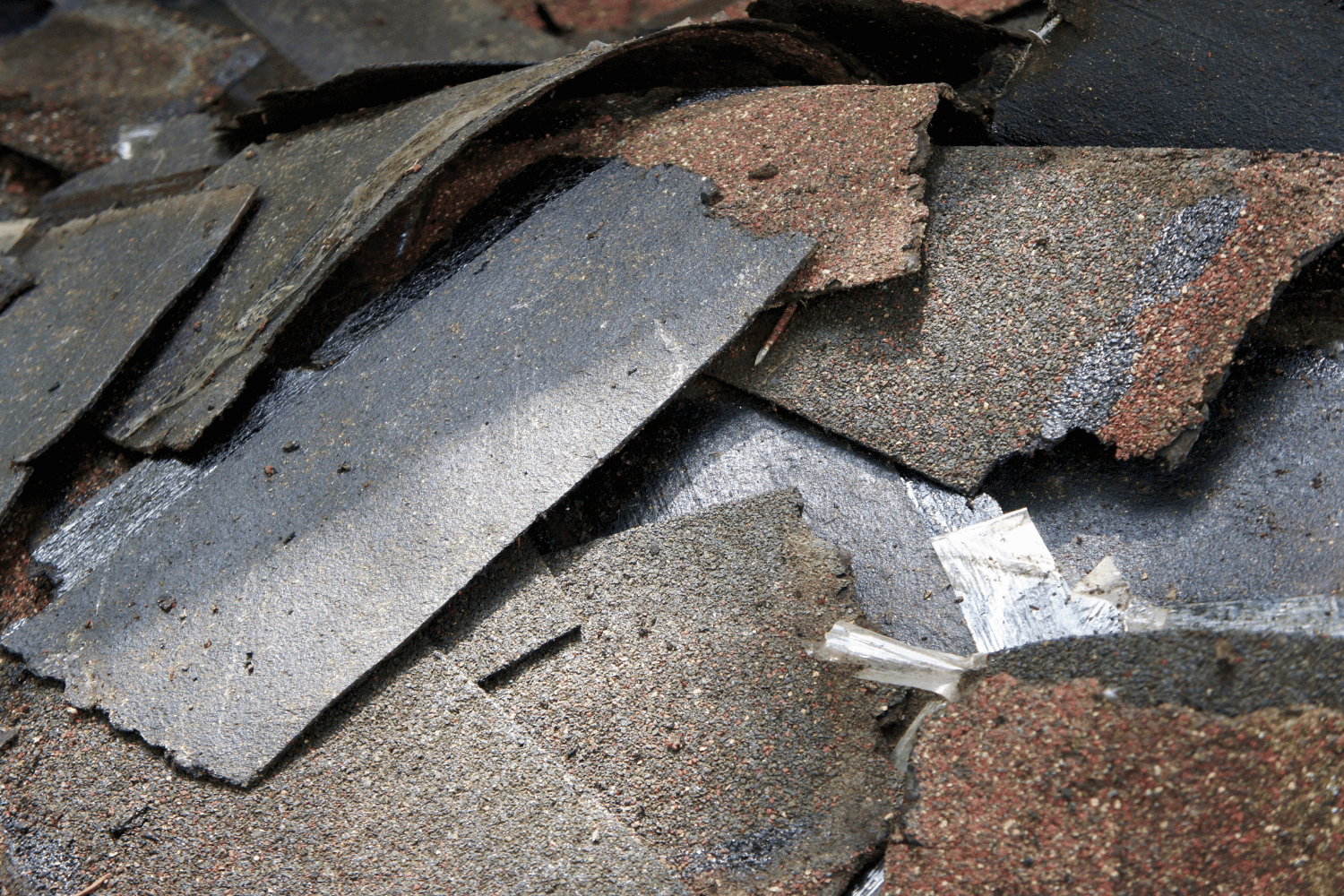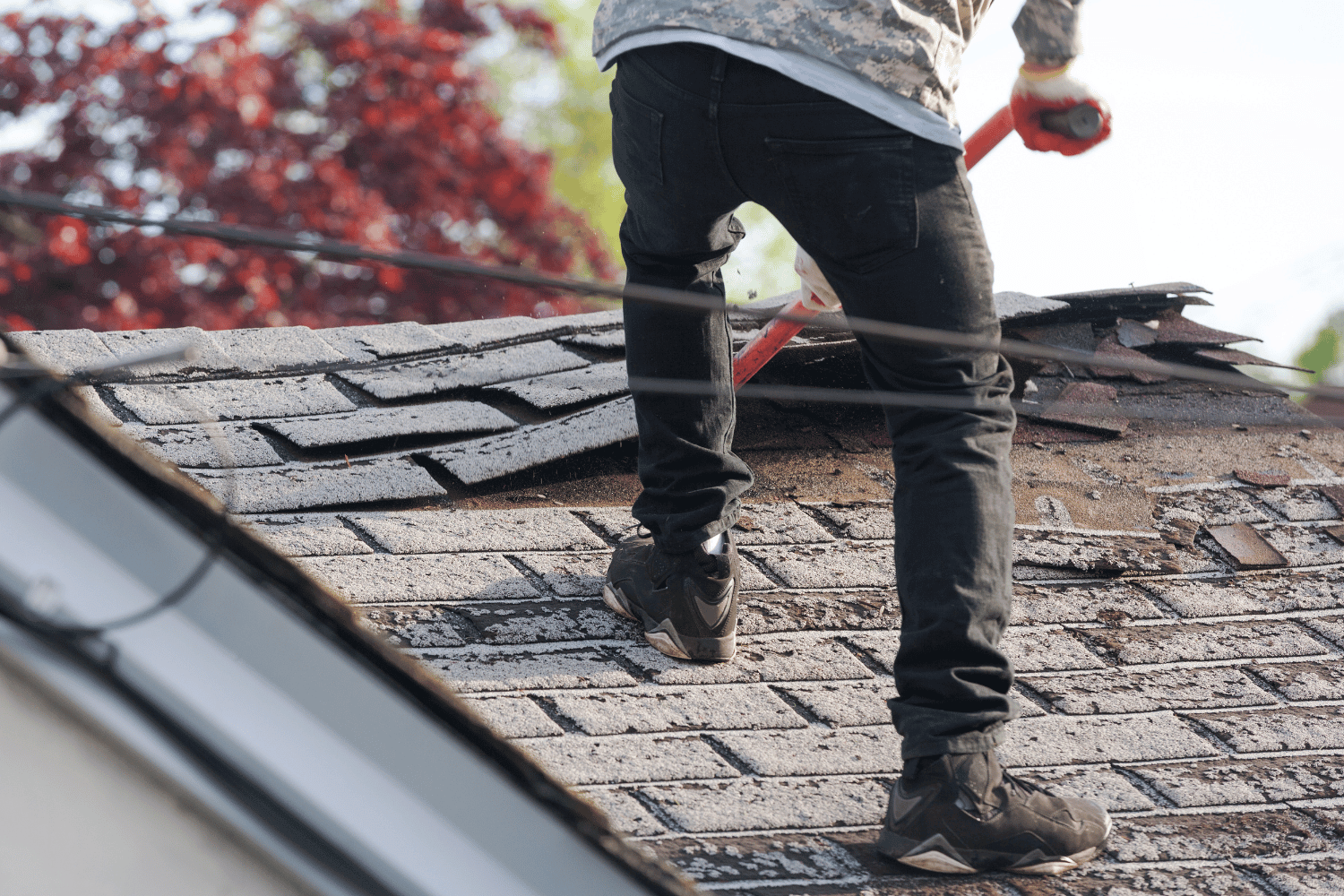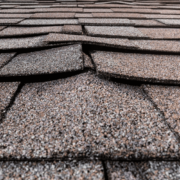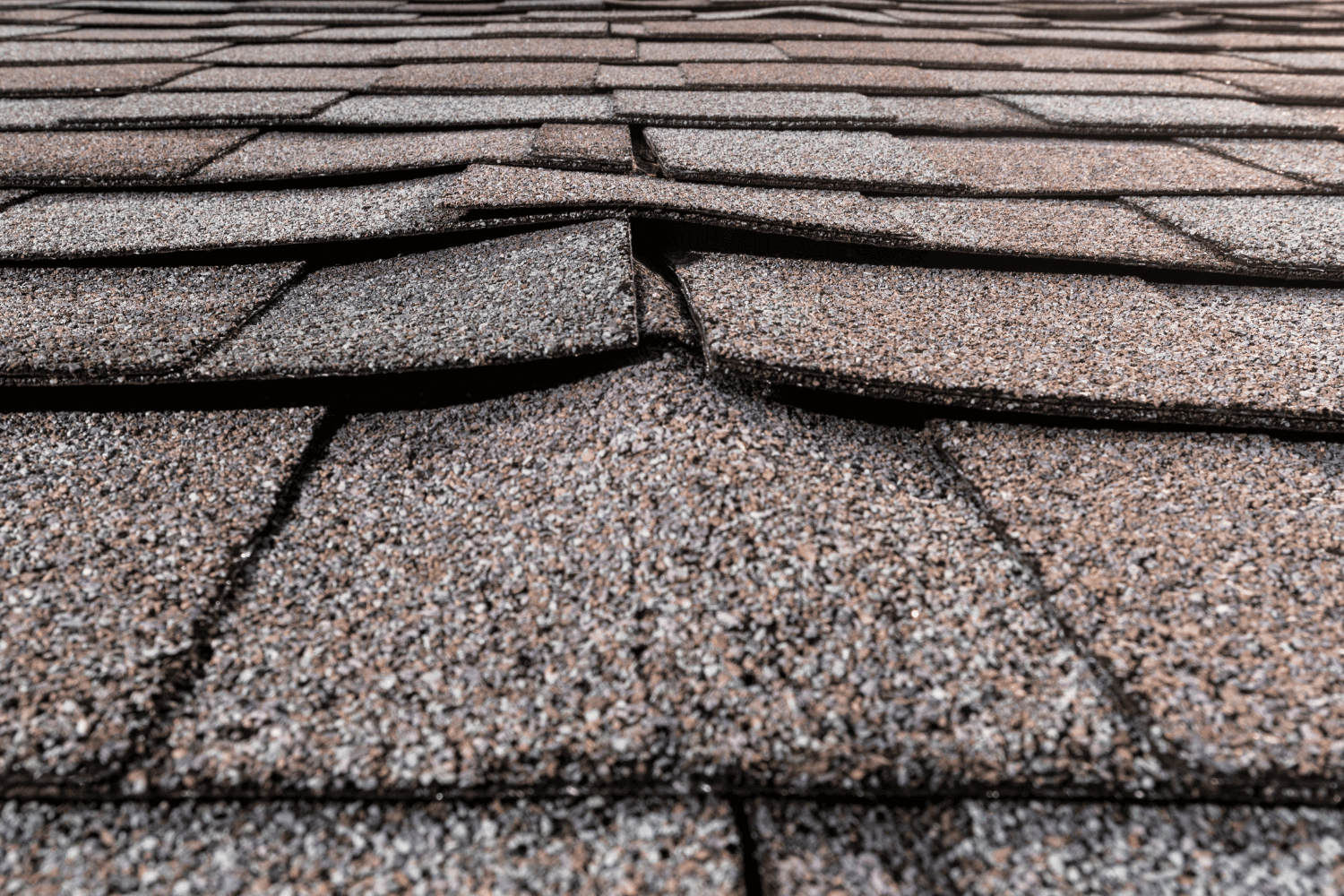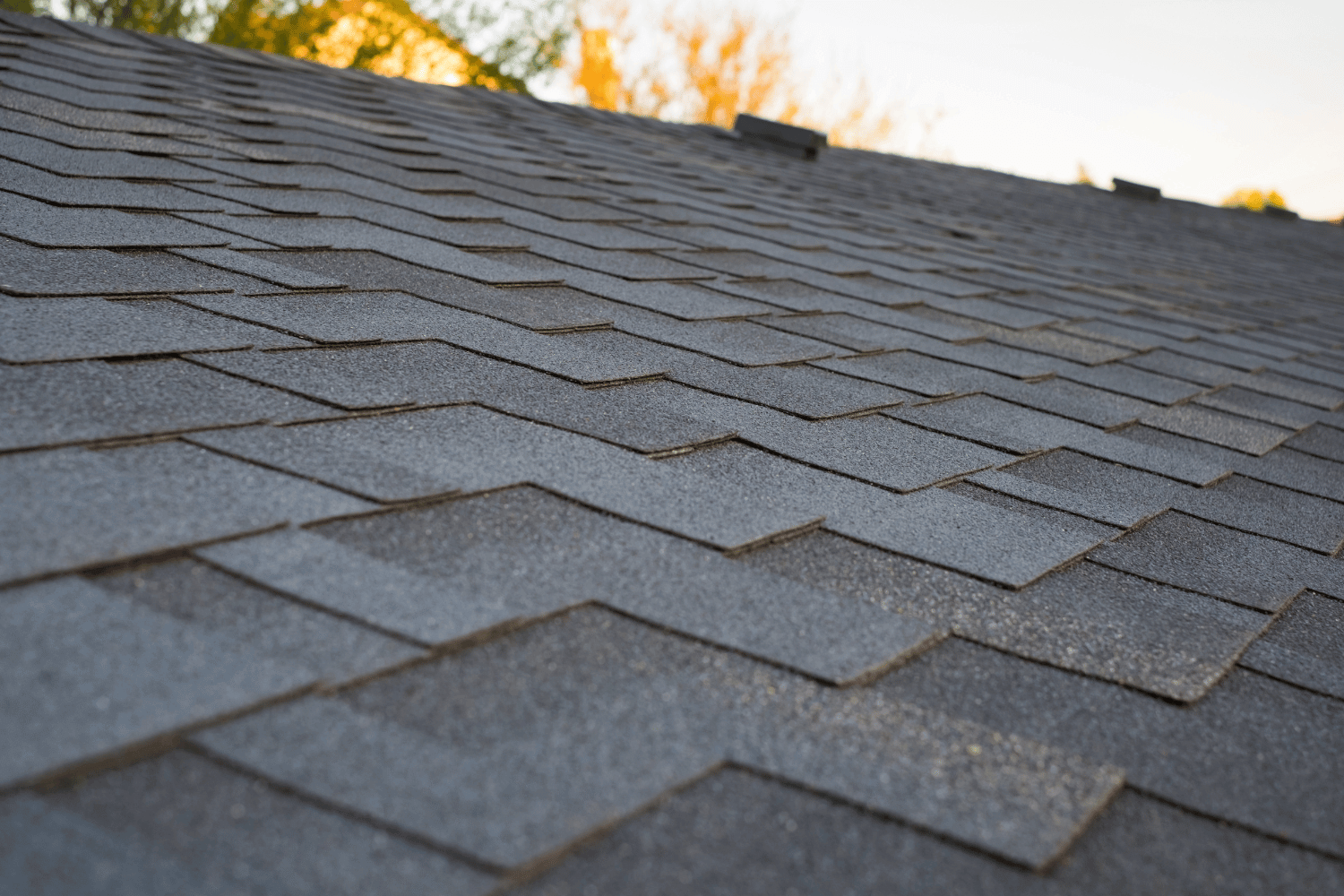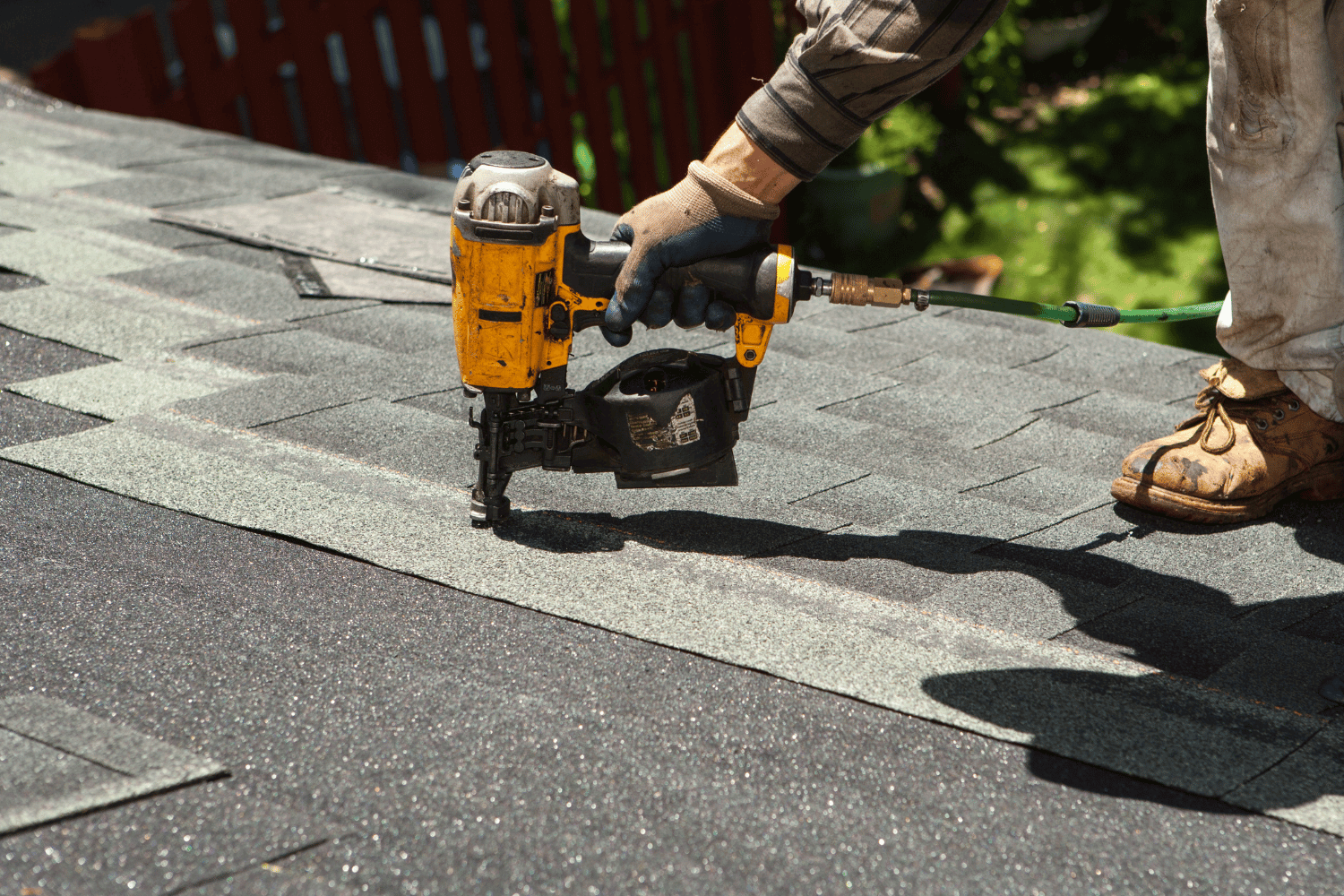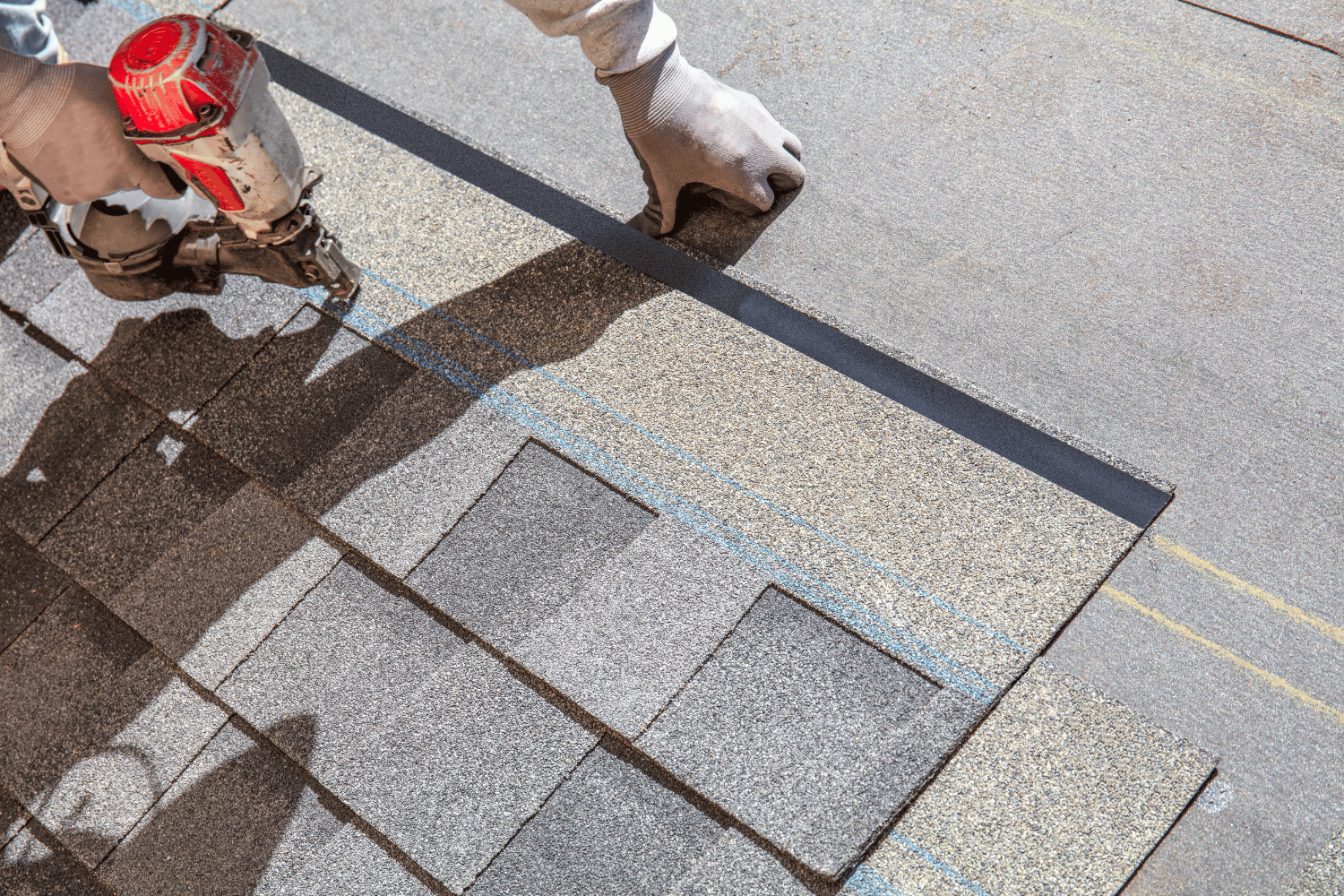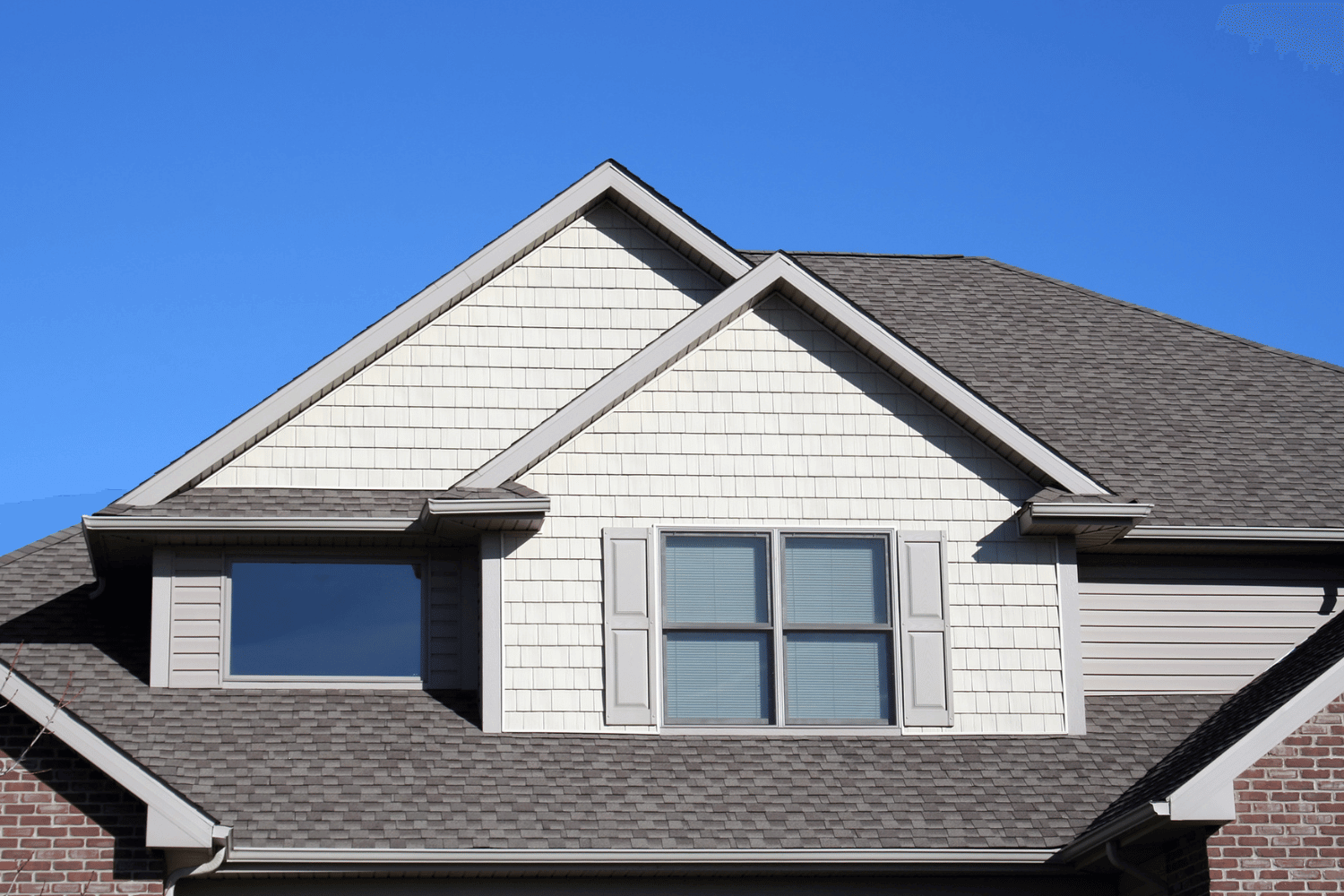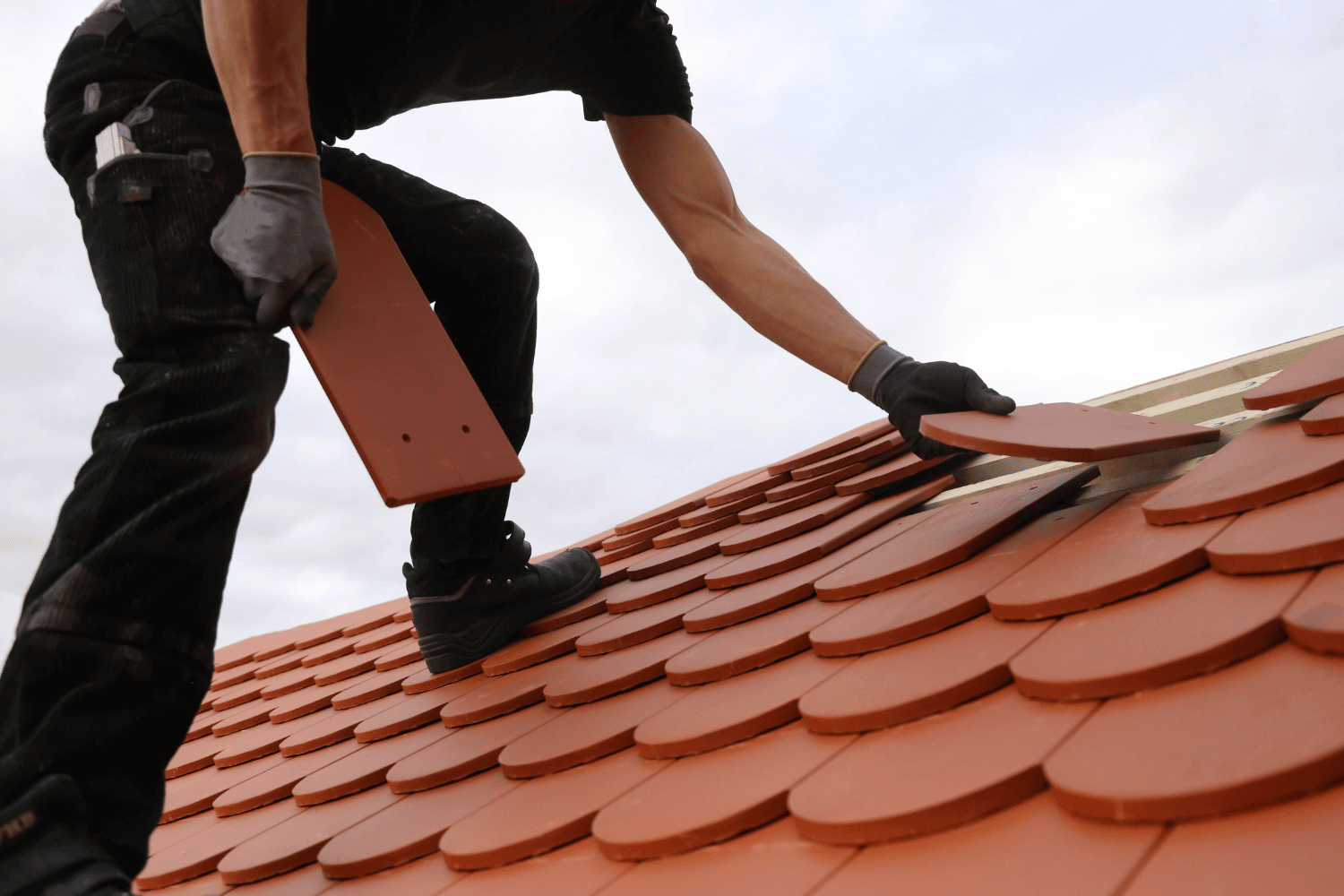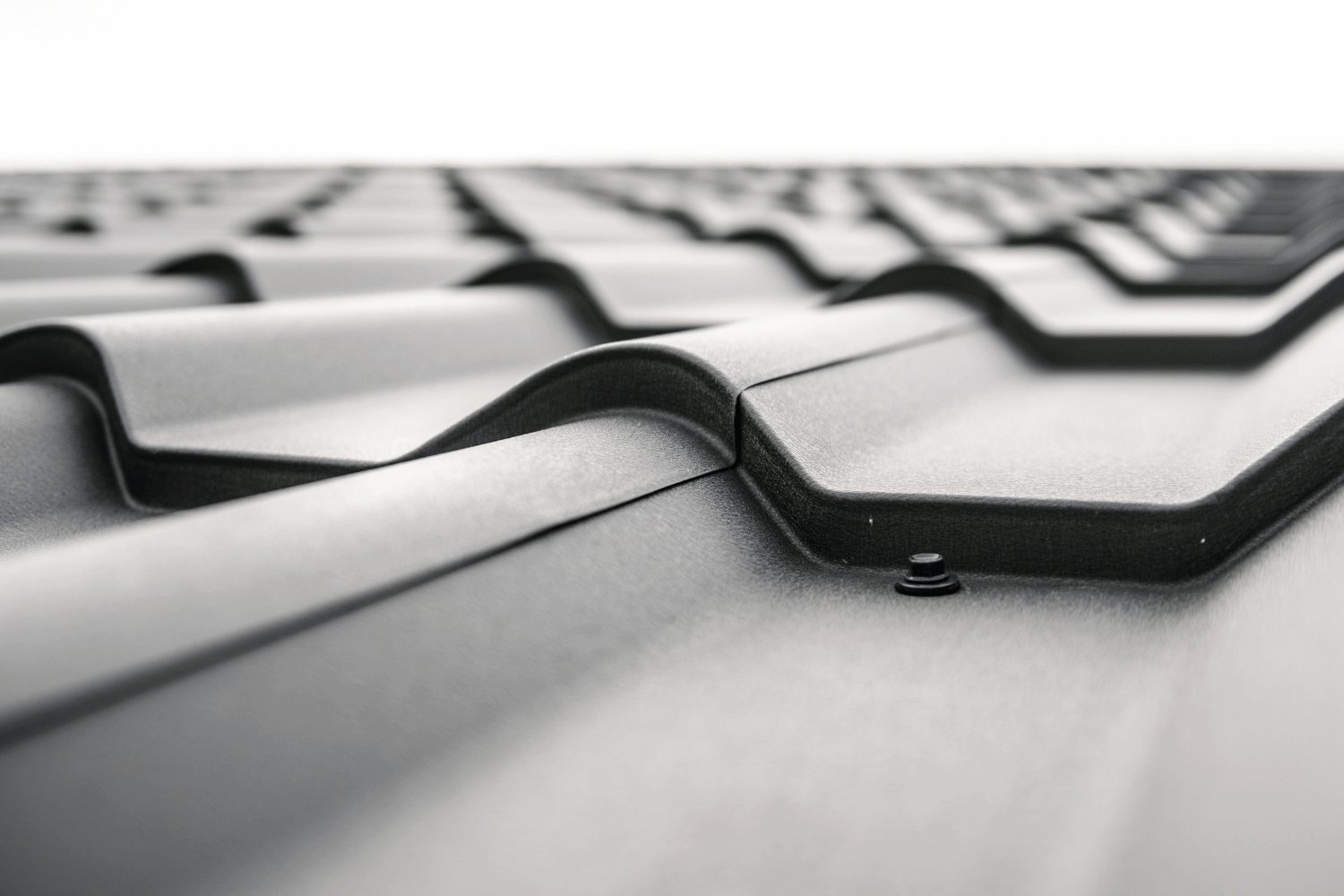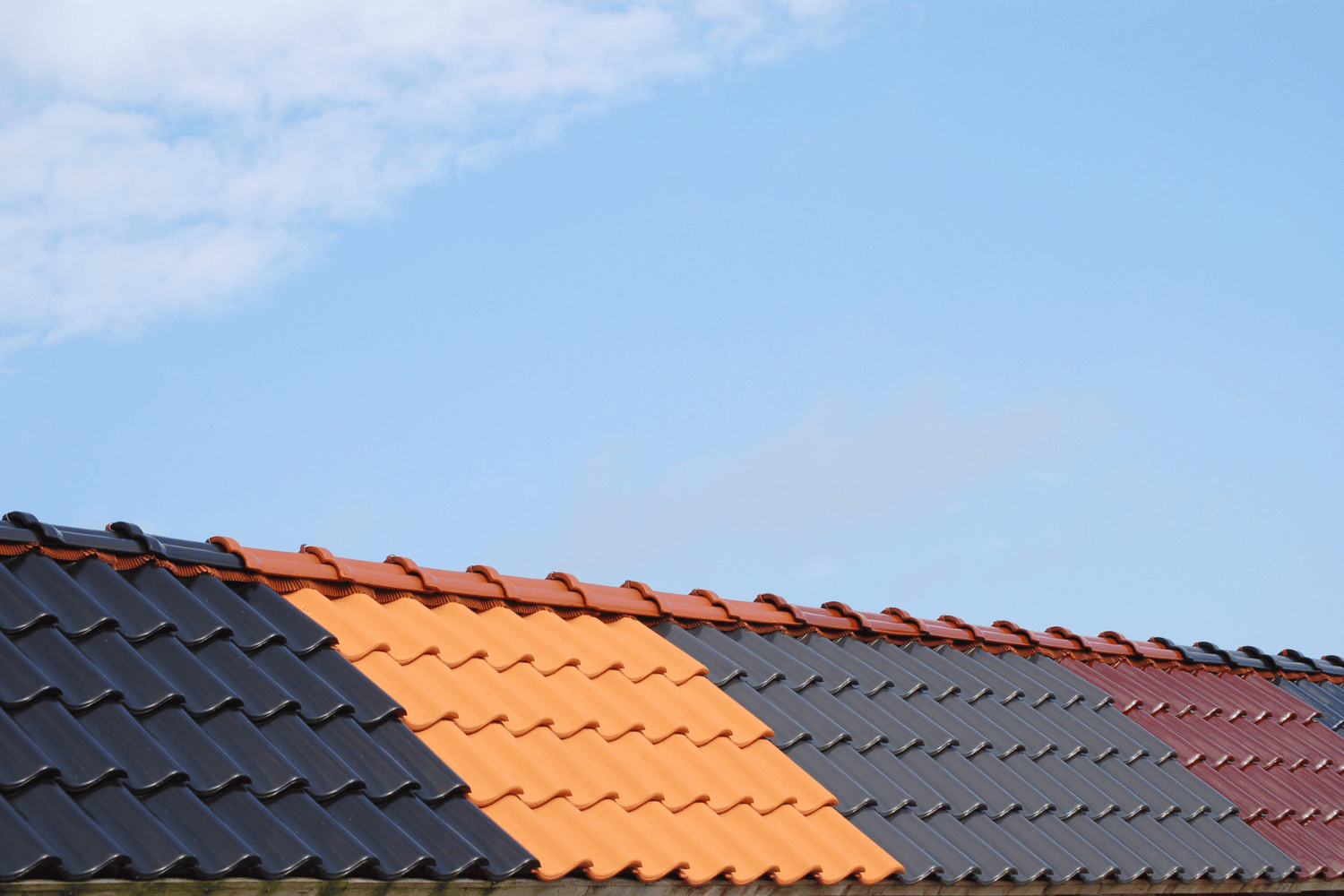Woodpeckers and Vinyl Siding: Effective Solutions for Homeowners
Are woodpeckers and vinyl siding damaging your home’s siding? Vinyl siding offers a potential solution. This article explains why woodpeckers target homes, how vinyl siding helps, and what other strategies you can use to protect your house.
Key Takeaways
-
Vinyl siding is a durable and cost-effective option that deters woodpeckers, reducing maintenance costs and extending the lifespan of your home’s exterior.
-
Using visual and auditory deterrents, combined with protective barriers like netting, creates a comprehensive strategy to protect your home from woodpecker damage.
-
It’s crucial to address existing woodpecker damage promptly and consider upgrading to resilient siding materials for long-term protection against pests.
Woodpeckers and Vinyl Siding: Effective Solutions for Homeowners
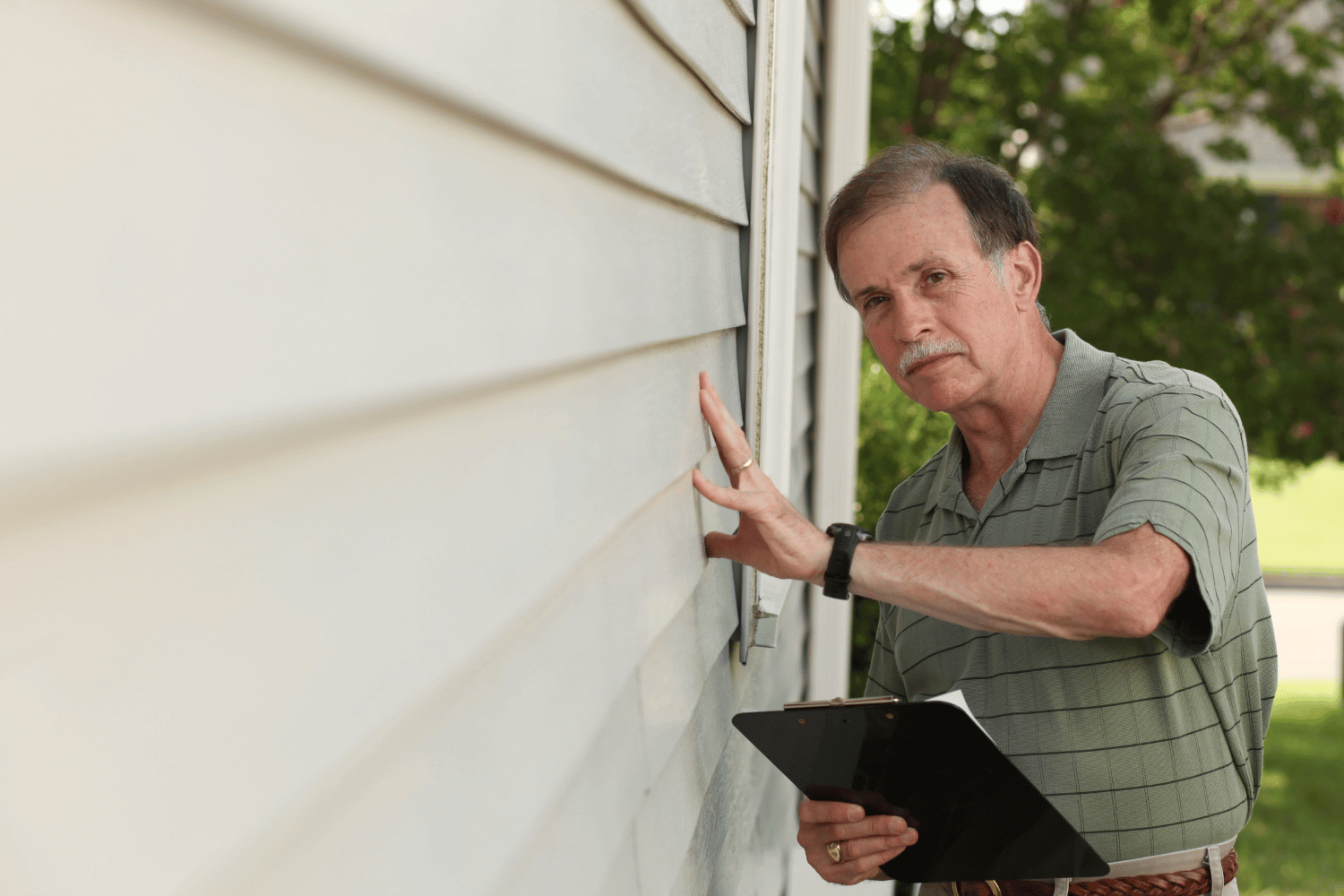
A homeowner inspecting vinyl siding for woodpecker damage.
Vinyl siding is not just an aesthetic choice for your home; it’s also a practical one. Due to its hardness and resistance to insects, vinyl siding is less appealing to woodpeckers compared to other materials like wood or cedar shake siding. This means fewer holes and less damage, which translates to lower maintenance costs and a longer lifespan for your home’s exterior.
Steel siding is another durable option that effectively resists woodpecker damage. However, vinyl remains a popular choice due to its affordability and versatility. In contrast, cedar clapboards siding, especially when stained in earth tones, can attract woodpeckers and is easily damaged. Homes painted in white or pastel colors are less likely to be targeted by these birds.
When considering replacement siding, weigh the benefits of different materials. While vinyl siding offers excellent protection against woodpeckers, other options like steel or fiber cement siding may also be worth exploring, especially if you live in an area prone to woodpecker activity.
Introduction
Woodpeckers can cause significant damage to your home’s siding, often creating small holes that can lead to more extensive issues if left unaddressed. This damage typically begins in the spring when woodpeckers are storing food or looking for a mate. Visual deterrents, such as windsocks and reflective streamers, can be effective in scaring woodpeckers away from your home’s exterior.
These methods can create a comprehensive strategy to protect your home when combined with netting. Netting is another effective way to protect vulnerable areas of your house from woodpeckers. Preventing these birds from accessing your siding significantly reduces the risk of damage.
Visual deterrents and netting together create a robust defense system, keeping your home safe from woodpecker damage.
Understanding Woodpecker Behavior
Understanding woodpecker behavior is crucial for effective deterrence. Woodpeckers drill into siding primarily in search of insects living within the wood or to create nesting holes. This behavior is particularly common during the nesting season when they are looking to attract a mate or establish a nest cavity. Even woodpeckers that are not actively nesting may still engage in woodpeckers drumming on your siding as a way to mark their territory and communicate with other birds.
Certain types of woodpeckers, such as acorn woodpeckers, are known for storing food and creating multiple holes in the process. These birds can cause significant damage to cedar and other softwood siding, often creating large holes that penetrate through insulation. Understanding these behaviors can help you implement effective deterrent strategies and protect your home from further damage.
Shiny objects or reflective tape can prevent woodpeckers from targeting your siding. These deterrents work by disorienting the birds and making your home less attractive as a pecking site. Combining these with other strategies creates a comprehensive plan to keep woodpeckers at bay.
Why Vinyl Siding Deters Woodpeckers
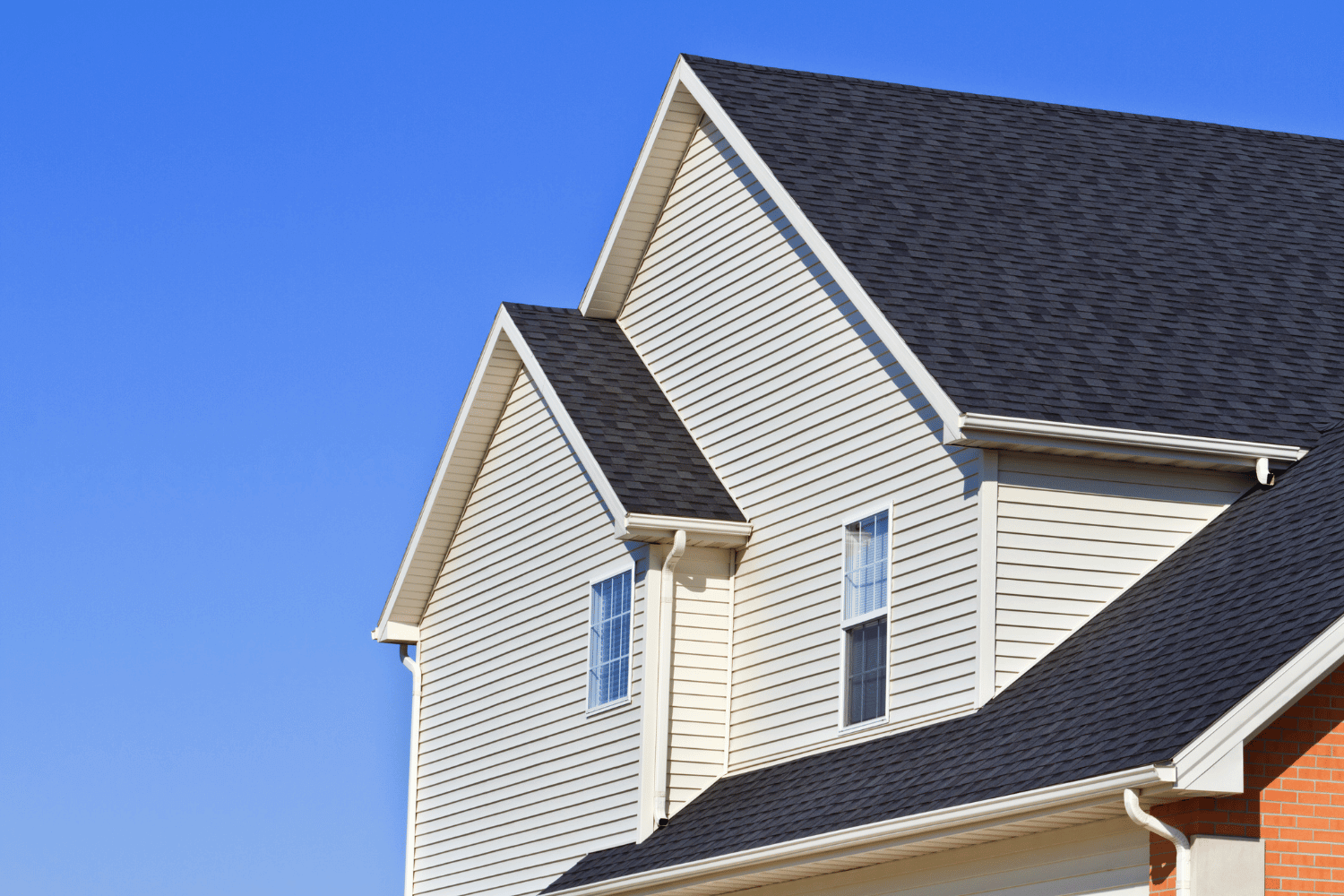
Vinyl siding that effectively deters woodpeckers.
Vinyl siding is an excellent choice for homeowners looking to deter woodpeckers. The hardness and insect resistance of vinyl make it less appealing to these birds compared to softer materials like wood siding. Woodpeckers are less likely to drill into materials that do not emit sounds mimicking insect activity, which is why vinyl siding is so effective in preventing woodpecker damage.
Another advantage of vinyl siding is its ability to stop woodpecker drumming and the loud noises associated with it. This can create a more peaceful environment for homeowners and reduce the risk of damage to your home’s exterior. In addition, vinyl siding’s durability means that it can withstand the elements and remain effective in deterring woodpeckers over the long term.
Vinyl siding not only helps deter woodpeckers but also provides a cost-effective and low-maintenance solution for your home. Choosing vinyl siding protects your home from woodpecker damage while enhancing its aesthetic appeal and overall value.
Benefits of Full Vinyl Siding Replacement
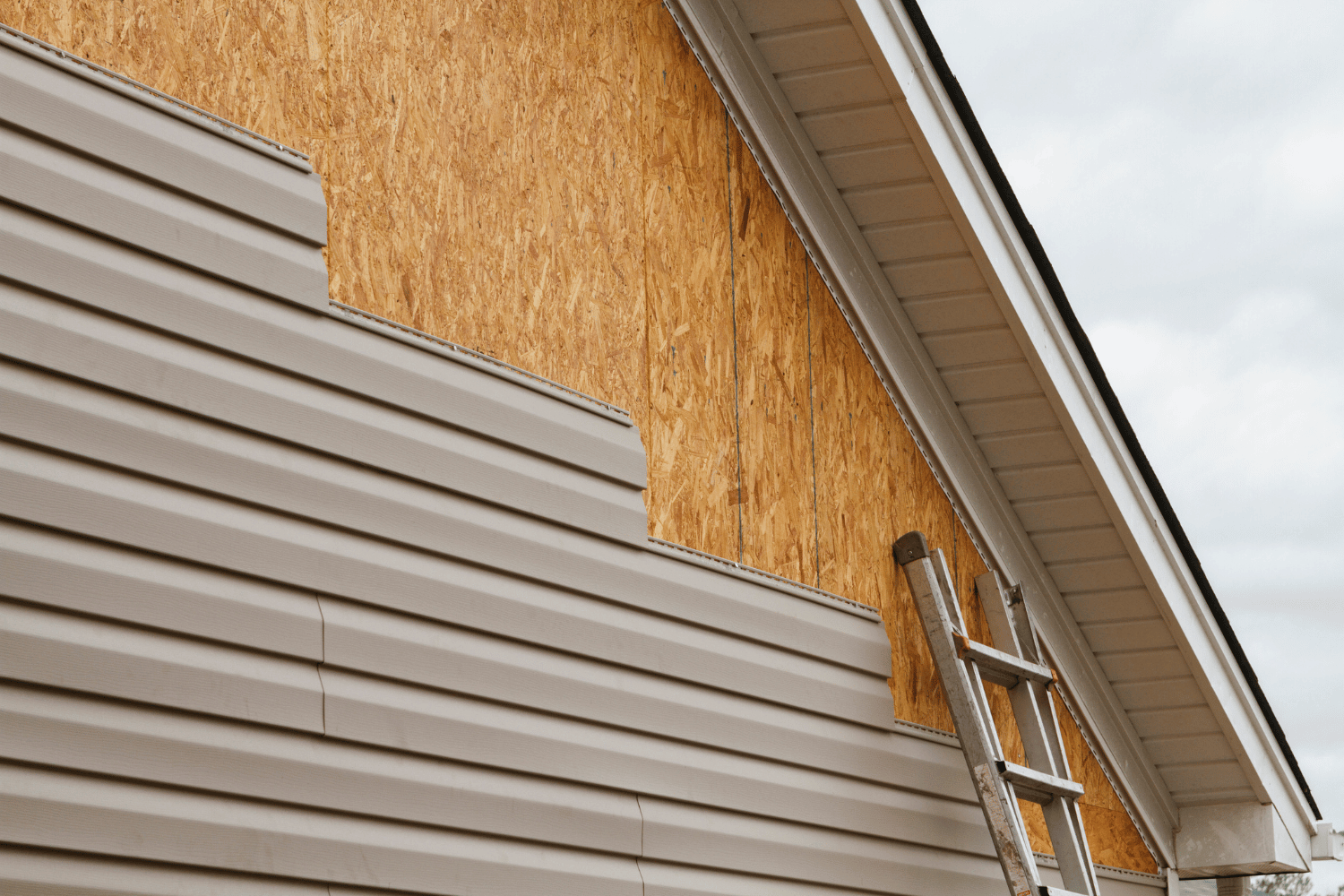
Benefits of full vinyl siding replacement illustrated.
Opting for full vinyl siding replacement offers numerous benefits for homeowners. Vinyl siding is a durable and affordable option that enhances your home’s aesthetic appeal, providing long-term protection and value. Made from high-quality PVC compounds, vinyl siding is recognized for its cost-effectiveness, making it a solid investment in home improvement.
Replacing vinyl siding, soffit, and fascia is recommended for effective deterrence against woodpeckers. This approach ensures that all weak points on your house are addressed, reducing the risk of woodpecker damage. New soffit and fascia that match your existing siding can create a cohesive look while providing comprehensive protection.
Eliminating potential weak points through full vinyl siding replacement helps maintain the integrity of your home’s exterior. This not only protects your home from woodpecker damage but also increases its overall value and curb appeal with new siding.
Potential Vulnerable Areas Even with Vinyl Siding
Even with vinyl siding, certain areas of your home may remain vulnerable to woodpecker damage. Wood fascia boards, for example, are still susceptible to damage from woodpeckers creating small clustered holes from drumming. Addressing these vulnerabilities ensures comprehensive protection for your home.
Installing protective barriers, such as bird netting or metal sheathing, can shield siding from damage. Covering affected areas with burlap or bird netting can prevent woodpeckers from accessing these spots and causing further damage. Additionally, promptly repairing or replacing rotting wood can make your property less appealing to woodpeckers.
The brittleness of vinyl siding during cold weather can lead to cracks, making it crucial to address these issues promptly. Sealing small openings and providing alternative food sources reduces the likelihood of woodpeckers targeting your home.
Additional Strategies to Deter Woodpeckers
Besides using vinyl siding, several other strategies can help deter woodpeckers. Visual deterrents like shiny objects, old CDs, or reflective tape can disorient woodpeckers and prevent them from targeting your siding. Streamers with reflective surfaces have also proven effective in deterring these birds.
Auditory deterrents, such as wind chimes, can serve as both visual and auditory deterrents to keep deterred woodpeckers away. Playing distress calls of woodpeckers may make them feel threatened and encourage them to leave. Regularly moving plastic owl decoys can help maintain their effectiveness as a deterrent.
Providing alternative food sources, like suet feeders, can redirect woodpeckers away from your home. Installing bird netting or metal sheathing can create a physical barrier to prevent woodpeckers from accessing vulnerable areas. Combining these strategies creates a comprehensive plan to deter woodpeckers and protect your home.
How to Handle Existing Woodpecker Damage
Address woodpecker damage promptly if your home has already sustained it. Very small holes caused by woodpeckers can be repaired using epoxy putty, which can then be sanded and repainted to match the existing siding. For larger holes that cannot be effectively repaired, replacing the siding might be necessary.
Addressing any underlying insect problems is crucial, as woodpeckers are attracted to areas where they can find food. Treating your home for pests can help prevent future woodpecker damage. Sealing existing holes with wood putty may also discourage further woodpecker activity.
Choosing durable siding options like fiber cement can provide long-term protection against woodpecker damage. By addressing both existing damage and underlying insect problems, you can effectively prevent future woodpecker damage to your home.
Choosing the Right Siding for Your Home
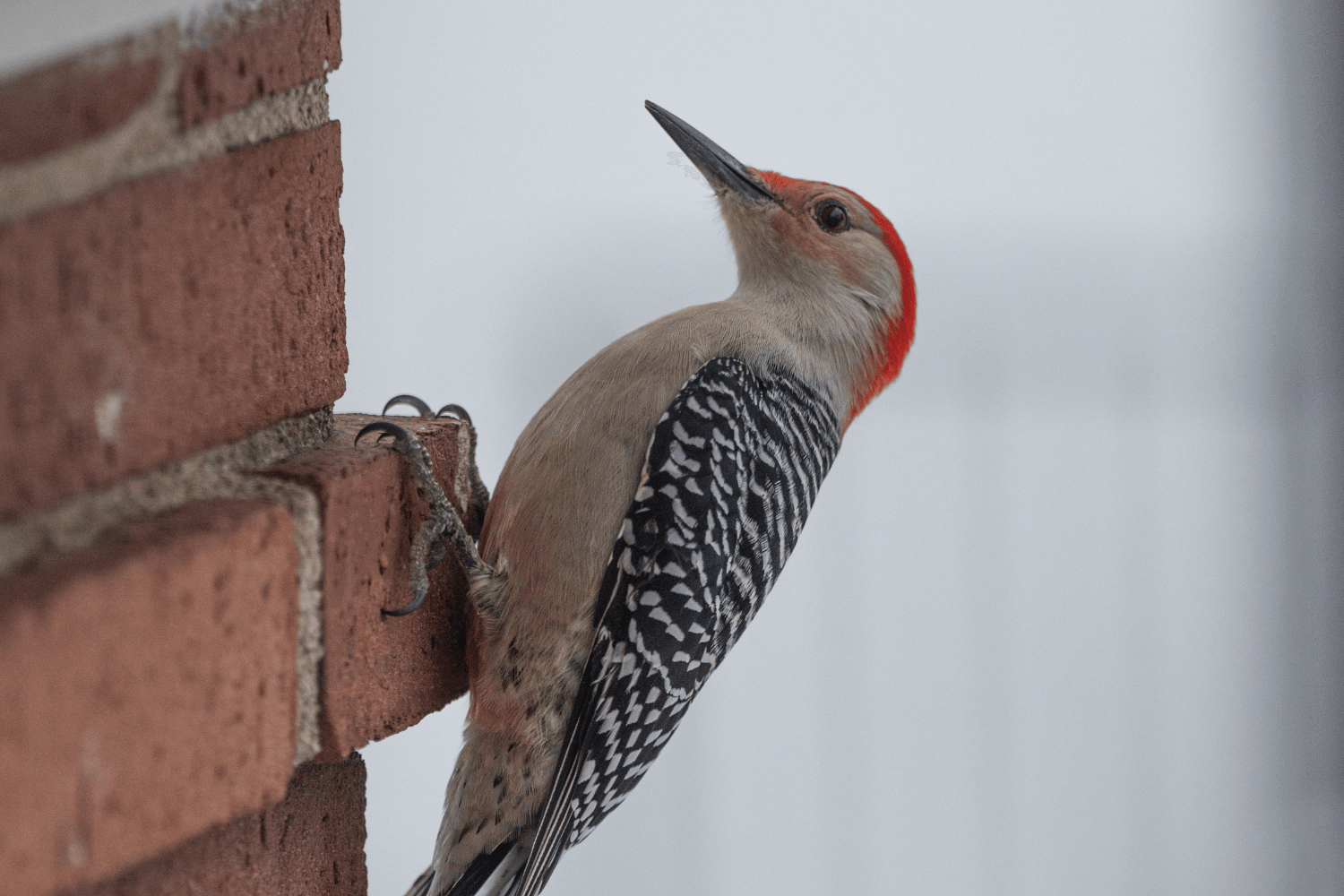
Various types of siding options for homeowners.
When selecting siding for your home, it’s essential to consider the pros and cons of different materials. Vinyl siding is typically the cheapest option and offers excellent protection against woodpeckers. Unlike wood or softer materials, vinyl does not provide an inviting environment for woodpeckers to nest.
James Hardie fiber cement siding is another strong choice for homeowners, offering superior resistance to harsh weather conditions and pests. This durable siding option can last 50 years or more, making it a long-lasting investment for your home. James Hardie siding benefits from proprietary ColorPlus® Technology, enhancing longevity and pest resistance.
Comparing different siding types helps you choose the best option for your home based on your specific needs and preferences. Whether you opt for vinyl, fiber cement, or wood siding, selecting the right material can help protect your home from woodpecker damage and enhance its overall value.
Why Hire CoMo Premium Exteriors for Your Siding Needs
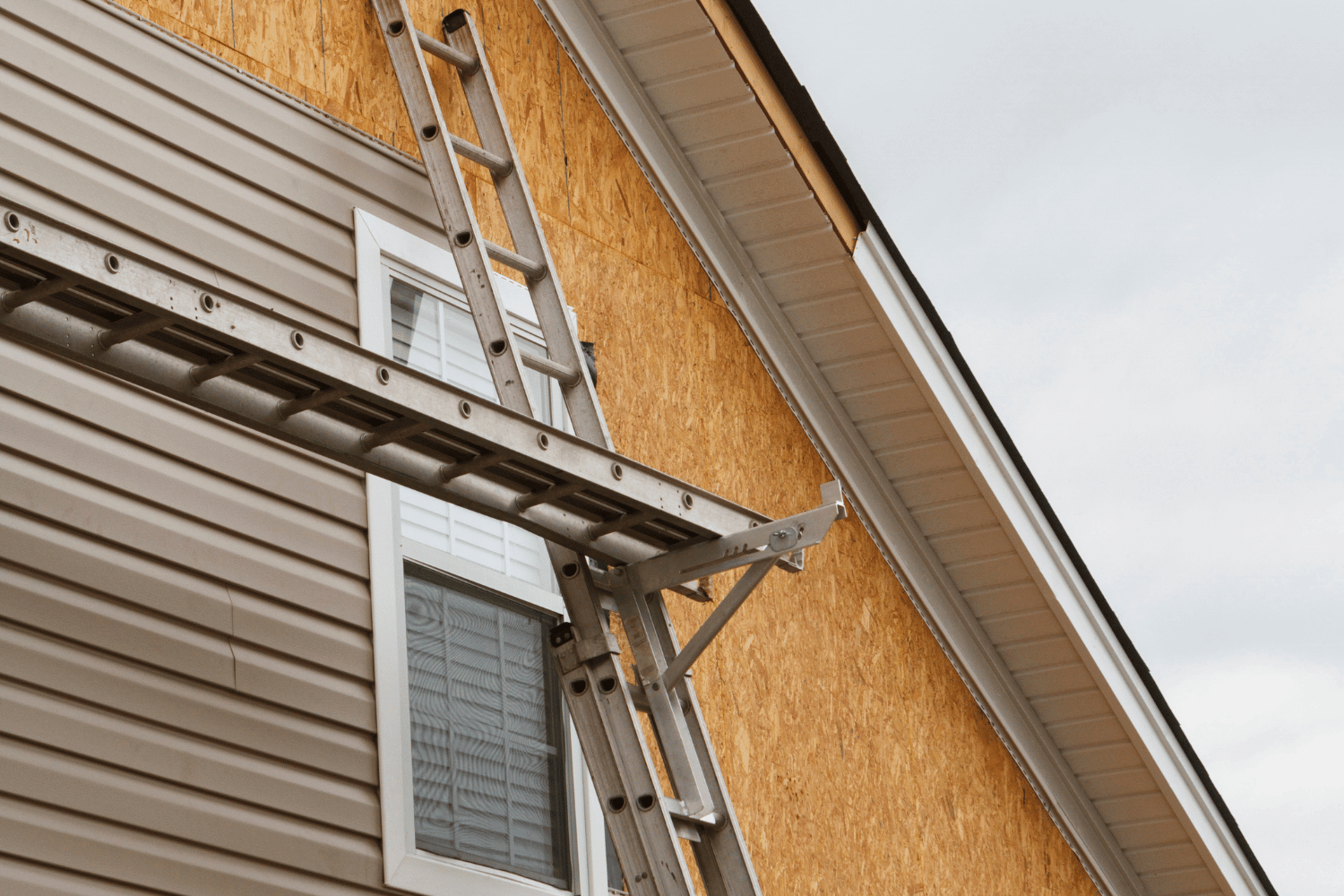
Professional team from CoMo Premium Exteriors working on siding.
CoMo Premium Exteriors is a trusted choice for homeowners looking to install or replace siding. The company offers a 5-Year Craftsmanship Warranty, ensuring that any defects in workmanship are promptly addressed. This warranty provides homeowners with peace of mind, knowing that their investment is protected.
In addition to their warranty, CoMo Premium Exteriors offers flexible financing options, making their services more accessible to a wider range of customers. Their commitment to customer satisfaction is evident through their clear communication and exceptional service during the installation process. Customers have praised the company for their prompt service, excellent communication, and high-quality workmanship.
CoMo Premium Exteriors’ extensive experience includes assisting homeowners with insurance claims, particularly after storm damages. Their team is knowledgeable in local regulations and assists clients with obtaining necessary permits for remodeling projects. Choosing CoMo Premium Exteriors ensures your siding needs will be met with professionalism and expertise.
Summary
Protecting your home from woodpecker damage requires a combination of the right siding materials and effective deterrent strategies. Vinyl siding stands out as a top choice due to its hardness and insect resistance, making it less appealing to woodpeckers. Other materials like steel and fiber cement siding also offer strong protection against these persistent birds.
By understanding woodpecker behavior, implementing visual and auditory deterrents, and addressing any existing damage, you can safeguard your home from further issues. Choosing the right siding and working with a trusted provider like CoMo Premium Exteriors ensures that your home remains protected and maintains its aesthetic appeal.
Frequently Asked Questions
What is the best siding to put on a house?
The best siding for your house really hinges on your climate, budget, and style preferences. Vinyl is a popular choice for its low maintenance, while wood and fiber cement can offer a more traditional look.
Which house siding is the cheapest?
Vinyl siding is usually the most budget-friendly choice for house siding. If you’re looking to save money, it’s definitely worth considering!
What are the three types of siding?
The three types of siding you’ll commonly find are vinyl siding, fiber cement siding, and wood siding. Each offers unique benefits, so choose based on your needs and preferences!
What is the best type of exterior siding?
The best exterior siding really hinges on what you need—fiber cement is known for its durability, vinyl is great if you’re on a budget, and wood offers that beautiful natural look. So, think about your priorities to make the right choice!
What exterior siding lasts the longest?
Fiber cement siding and stone veneer are your best bets for longevity, with fiber cement potentially lasting over 50 years. If you want a durable choice, these materials are definitely worth considering!

